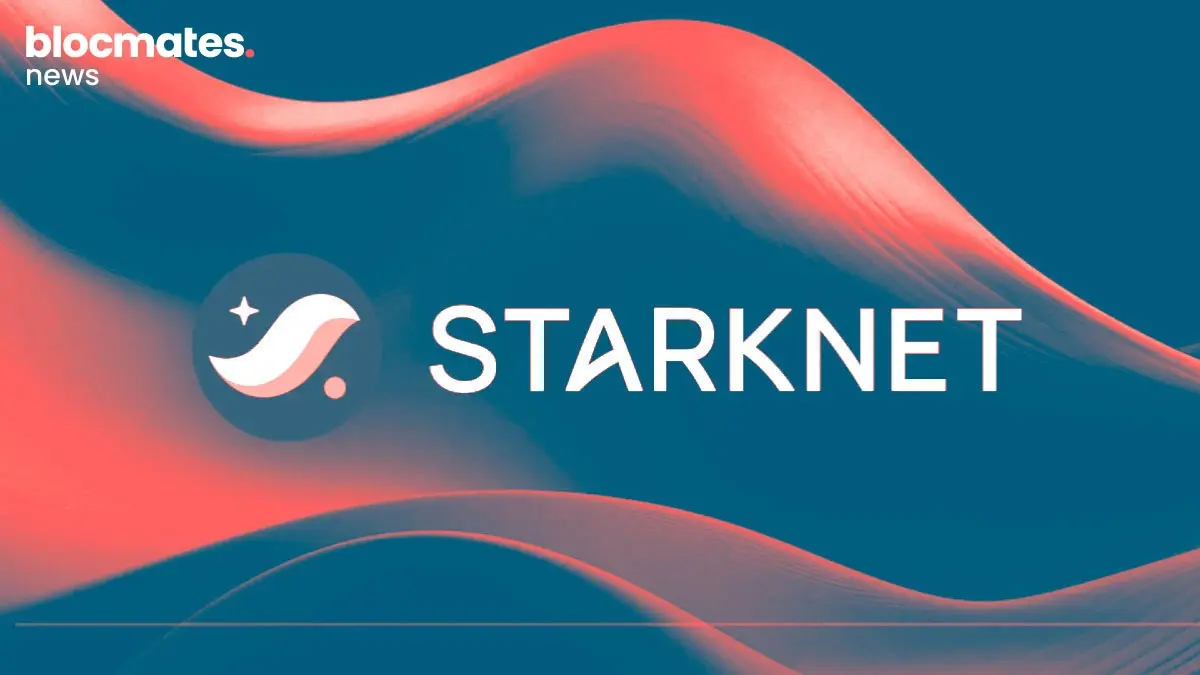Consistent with the industry’s relentless pursuit of new terms for every niche, the term consumer crypto might be the most absurd one so far. Practically, aren’t all projects aimed at consumers?
Nevertheless, since I’m confined to a chair in a basement in an undisclosed location, I have no alternative but to discuss projects that I believe fall under this umbrella term.
Getting into the weeds of consumer crypto
Take Moonshot, for example. At the start of this year, amidst the memecoin frenzy, it soared to the top of the US Apple App Store, becoming the #1 finance app and the #7 free app overall.
At one point, a Moonshot listing was considered to be the new Binance listing. Every zoomer and millennial was talking about it on TikTok and top-blasting Chill Guy.
While that marked the generational memecoin top, consider how remarkable it is to have an app that debuted in mid‑2024 to rank above Cash App, PayPal, Venmo, and other giants just the following year.
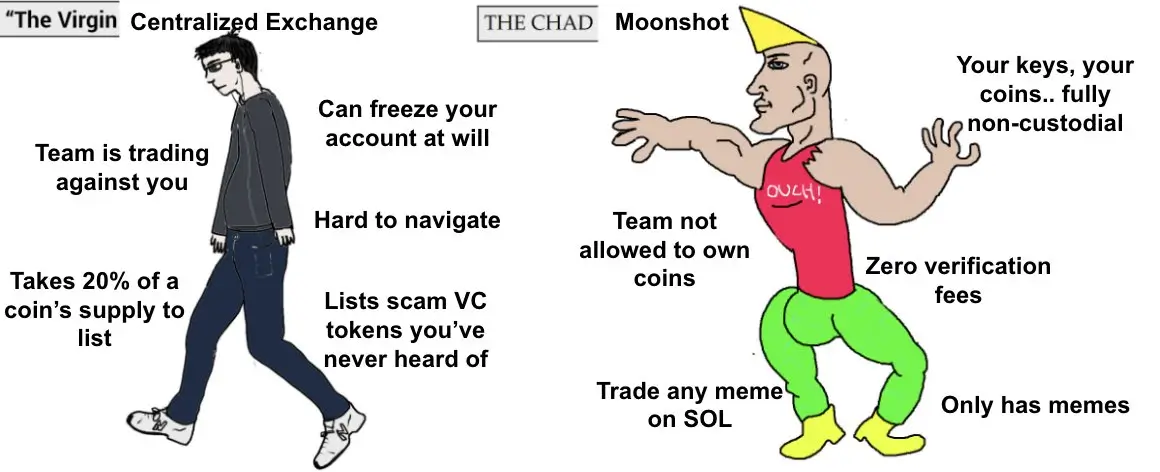
A crucial part of Moonshot’s success is the focus on entirely abstracting away the complexities of crypto, allowing users to begin trading their favorite coins instantly.
Essentially, Moonshot finally delivered what VCs and founders have been saying in their pitch decks since the dawn of crypto. All the upside of self-custody with none of the downsides associated with transaction fees, bridging, and all other nonsense we’ve grown accustomed to.
Moonshot and the apps we’ll discuss benefit from much better infrastructure than previous cycles. This includes faster and cheaper chains, smart accounts, developer-friendly APIs, and tools, enabling them to reach a wider user base. Some have gained significant traction, while others have achieved escape velocity.
Top consumer crypto apps
Polymarket
Without a shadow of a doubt, the top consumer app this cycle has been Polymarket. As the primary gauge for the 2024 US Presidential elections, Polymarket needs no introduction since it famously put crypto on the world stage.
The beauty? The majority of folks using it have no idea that it’s using a blockchain to settle bets. And that’s how it should be.
All outcomes on Polymarket are tokenized on Polygon and utilize UMA's (Universal Market Access) Optimistic Oracle as part of their resolution mechanism to determine the outcomes of their betting markets.
Admittedly, there have been instances where the outcomes of bets have been quite controversial. Most recently, Zelensky's infamous attire sparked a massive debate between the two sides.

Nonetheless, as the worldwide demand for gambling continues to grow, Polymarket has established itself as a major player in prediction markets, allowing users to wager on outcomes across nearly every possible sector, with politics remaining the primary focus. The only thing missing is the option to bet on hamster races.
While Polymarket had been banned from operating in the US since 2022, a recent acquisition of QCEX, a CFTC-regulated exchange and clearinghouse, has set the stage for its return and further strengthened its market position.
Base App
Despite facing criticism from Ethereum loyalists and general concerns over decentralization, Base has managed to pull an ace out of its deck by elegantly packing an entire blockchain ecosystem into one app, tackling the age-old crypto conundrum of discovery.
With Coinbase's streamlined onboarding, the new Base Pay, and an intuitive interface showcasing top apps in key categories, Base has revolutionized how users interact with the onchain world.
Instead of merely functioning as yet another wallet, with perhaps a few benefits over other alternatives, such as easier onboarding from Coinbase and instant access to cbBTC, the Coinbase wallet has transformed itself into the canonical front-end for the entire Base chain’s ecosystem.
In addition to everything a regular wallet does, the Base app is designed to function as a “Super App,” combining social networking, payments, AI agents, and crypto tools.
One of Base’s key innovations is its push for a portable, blockchain-based identity, an alternative to logging in with Google or Facebook, but with user-owned data and credentials. Passkeys, face-ID login, all that jazz.
Furthermore, remember Coinbase's partnership with Shopify? With the launch of Base Pay, users can now pay using USDC on Base via Shopify Payments, enabling onchain payments across millions of storefronts.
In the US, Shopify intends to offer 1% cash back to customers who pay with USDC, at no expense to merchants (expected later this year).
Believe
We all saw the Internet Capital Markets (ICM) narrative, which the Solana Foundation has been strongly advocating, gain steam lately, with the app Believe in the spotlight.
If you’re not familiar with ICM, I highly recommend reading our breakdown, which also includes a more in-depth explainer of how the Believe app works.
The premise of the app is simple in nature, yet it captures the essence of modern financial markets. Everything is based on attention and speculation, especially in the crypto market. If that were not the case, XRP and Carbongo would not be among the top 100.
Additionally, the Believe app seeks to solve the ongoing challenge of funding for new startups. It enables anyone to create their own coin, supporting the millions of founders with great ideas but insufficient capital to realize them, all facilitated by the 70/30 fee split between the creator and the Believe app.
If you have a great idea, simply post “$TICKER + @launchcoin” on X, and the platform will automatically generate a coin on Solana for you. This is great because it maximizes visibility as part of the product.
When a user creates a coin using Launchcoin and it does well, everyone else can see how easy it is to do and won’t hesitate to imitate.
Other notable projects that leveraged the ICM wave include Dupe, CreatorBuddy, and Noodle.
Abstract Chain
Launched by Igloo Inc., the parent company of Pudgy Penguins, Abstract is a layer-2 (L2) network built on ZKsync’s ZK stack, which aims to optimize the network for a consumer-centric experience.
Abstract uses a scaling solution called ZK-rollups to offer cheaper and faster transactions with the familiarity of an Ethereum experience. At the heart of Abstract’s ethos is the mission to make the phrase “the masses are coming” a reality.
The standout feature of Abstract is the unified portal interface, which aims to serve as the gateway for consumers to explore the onchain world with minimal effort or expense. The portal features a built-in wallet with social login, passkeys and account abstraction, which are now a must-have for any crypto app.
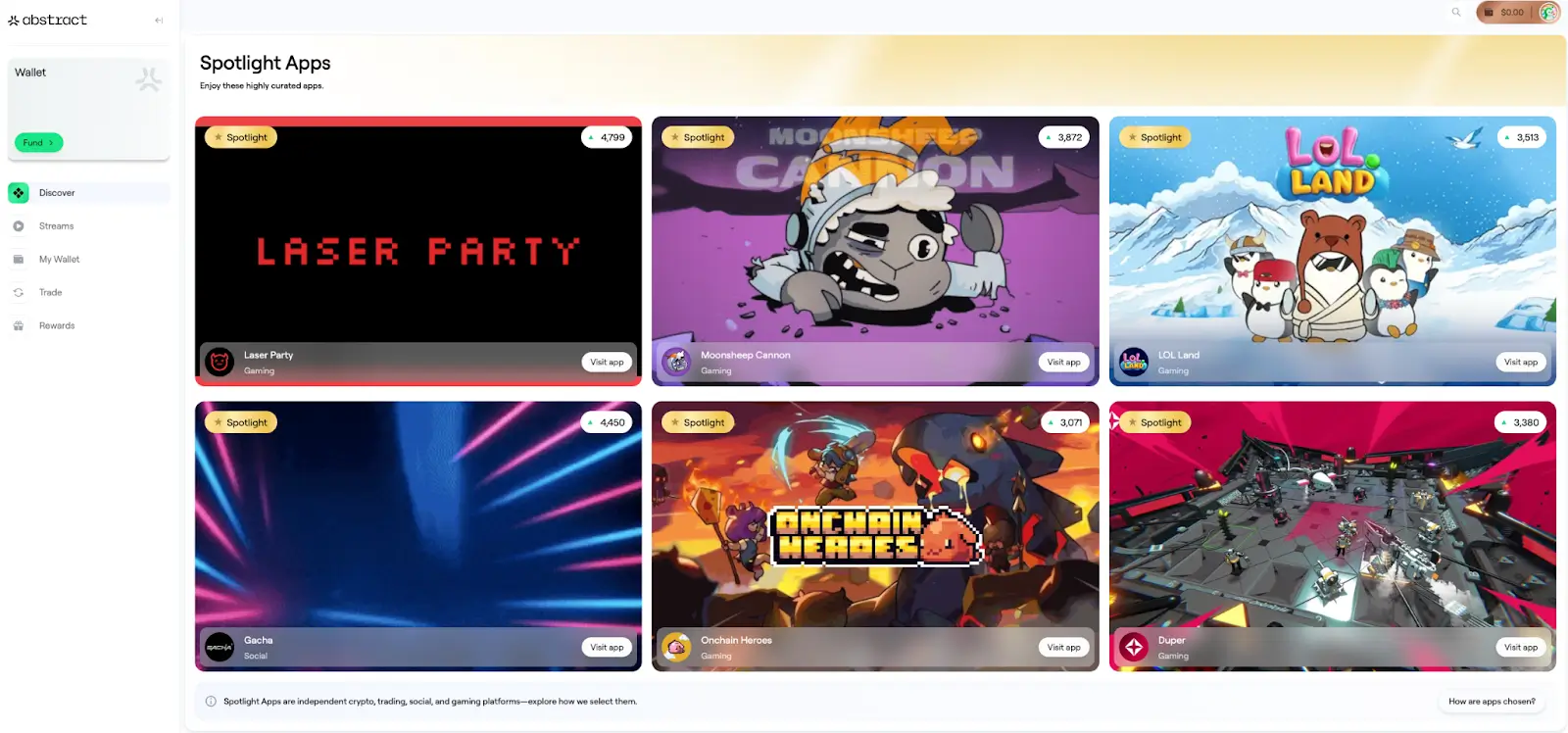
The portal aggregates the most popular apps in categories such as gaming, social, trading, and streaming, addressing the discovery problem that has long challenged the crypto industry. Users no longer need to search X to find the right app. Just open Abstract’s portal and find the app that fits your needs.
Sophon
Sophon is a layer-2 chain focused on bringing entertaining experiences and a culturally rich ecosystem to consumers, ultimately making crypto easier, better, and more accessible for the masses. Just like Abstract, Sophon is built leveraging ZKsync’s ZK stack.
The similarities don’t end there as Sophon also features a unified Portal that features a carefully curated list of apps from different sectors, including gaming, DeFi, lifestyle, and NFTs.
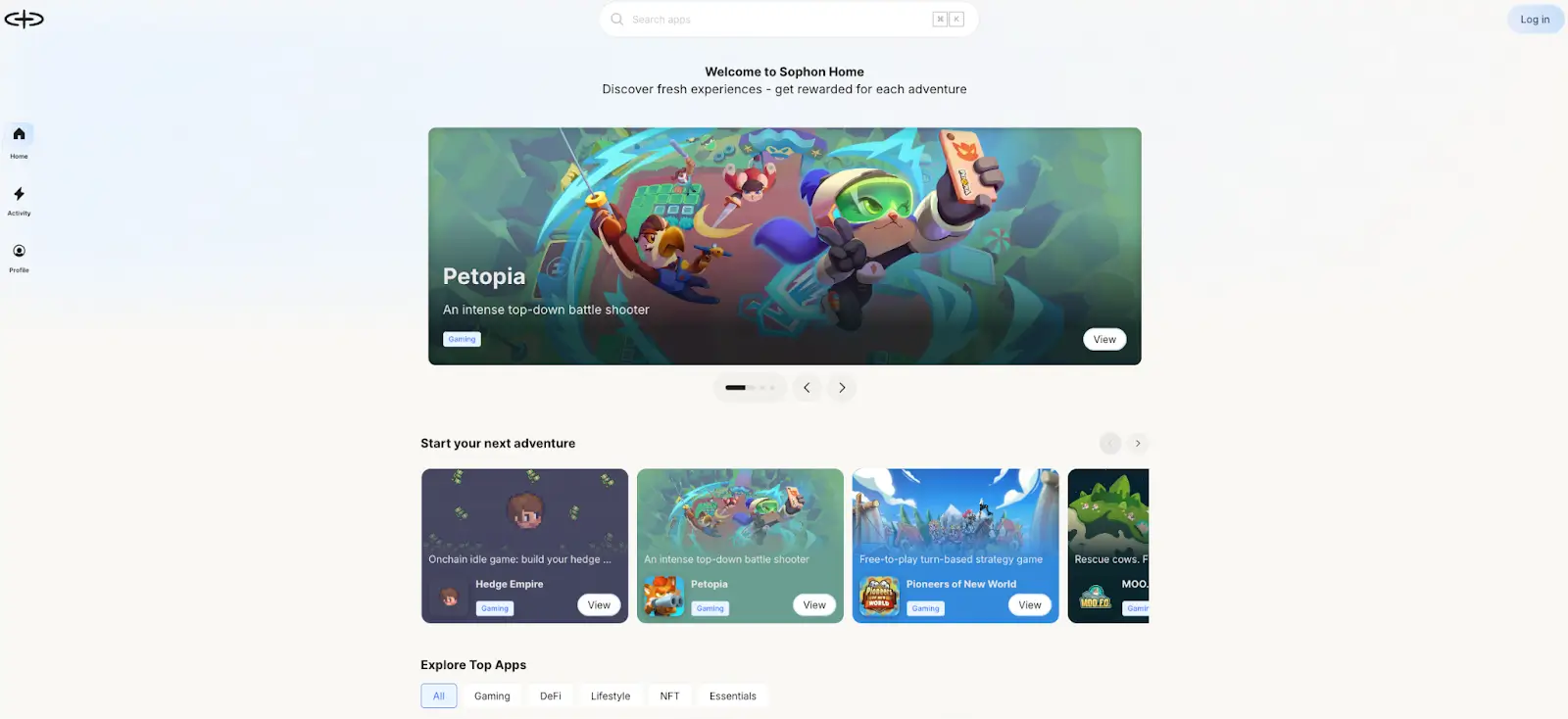
While technology and infrastructure are essential, the average consumer ultimately cares more about their overall experience and convenience.
When you scroll through Instagram, watch a video on YouTube, or play a game on your computer, do you ever think, “I wonder what the underlying technology of this app is?” Probably not. Most people don’t.
Similarly, while the technological aspects of cryptocurrency are impressive, they need to be simplified for users.
When you think of Sophon, you shouldn't focus on it as an L2 solution and compare its technology to other L2s. Instead, you should compare it to other online entertainment platforms that capture our attention today.
fomo
fomo is a mobile crypto trading application that merges token and social discovery into a cohesive experience. For a more in-depth explanation, you can check out our full breakdown.
The app features instantaneous and gasless transactions, along with copy trading, leaderboards, and other social media-esque features. Instead of managing gas fees and seed phrases, users can simply log in with their Apple ID or Google account and top up their wallet using Apple Pay.
fomo appeals to two types of users: content curators (traders) and regular users. Content curators are motivated to join the app through benefits like low fees and higher referral bonuses, while regular users can benefit from not only observing the trading activities and performance of these traders but also copy-trading them.
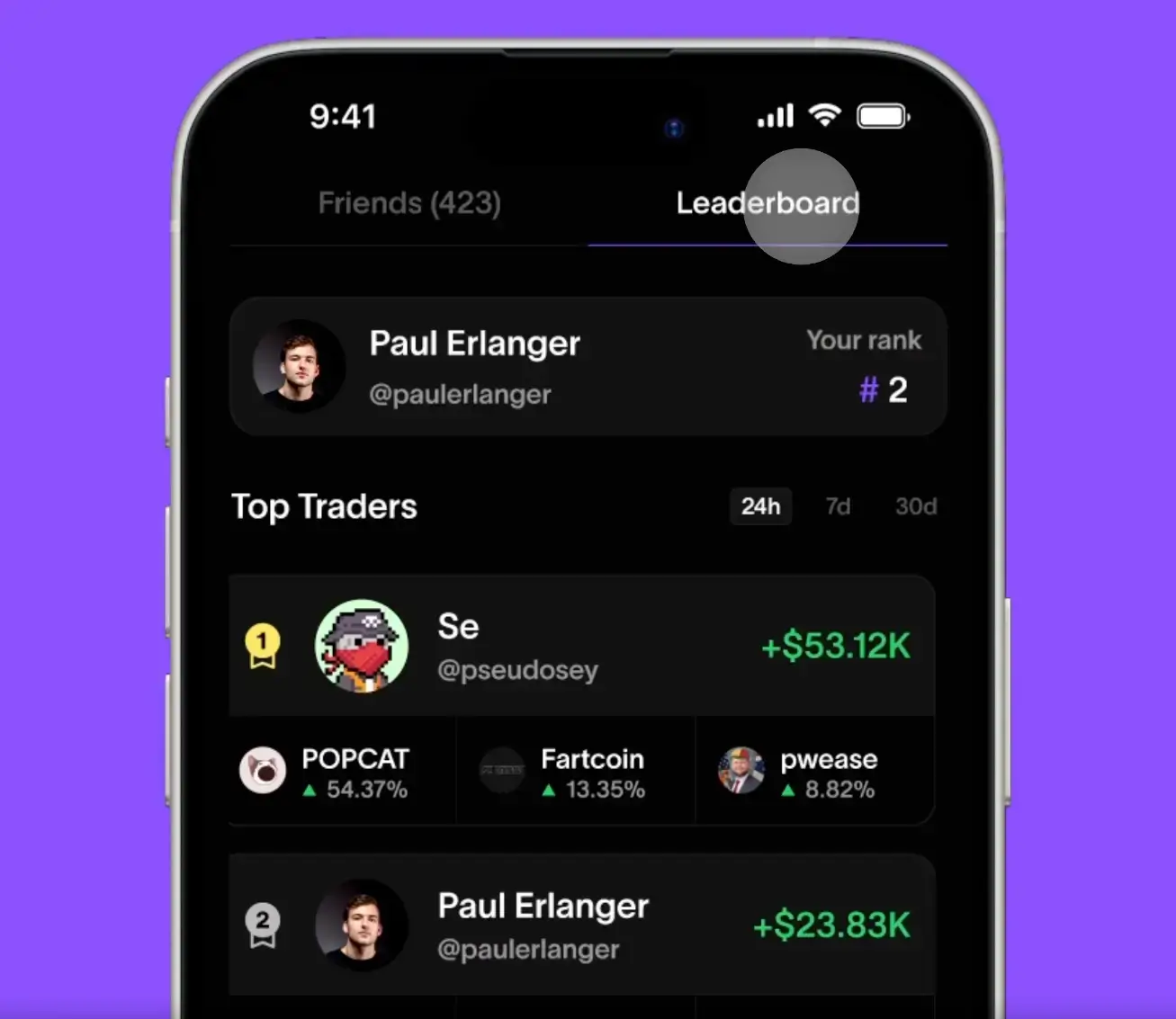
Closing thoughts on consumer crypto
Consumer crypto isn’t about building for degens anymore. It’s about building for your cousin who couldn’t differentiate a wallet from a bridge even if their life depended on it. The chain’s just plumbing. If you’re doing it right, nobody even knows it's there.
Moonshot, Polymarket, Base, Believe, Abstract, Sophon, fomo, these aren't just apps. They’re Trojan horses. They sneak crypto into people’s lives without making them think about keys, chains, or gas. They deliver dopamine, utility, or status, then settle onchain. And that’s the magic.
So maybe “consumer crypto” isn’t such a ridiculous term after all.
And in the end, that might be what finally brings the next billion users onchain: apps that don’t beg for belief in crypto, but quietly prove they work.




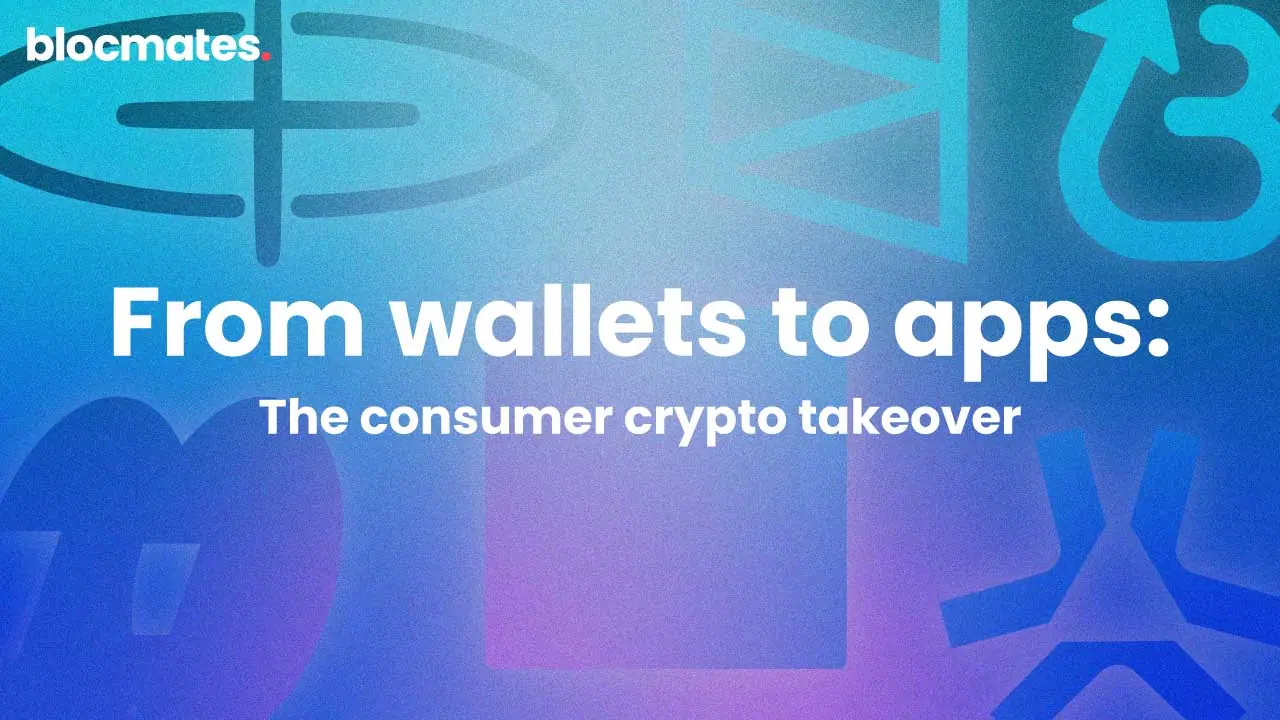

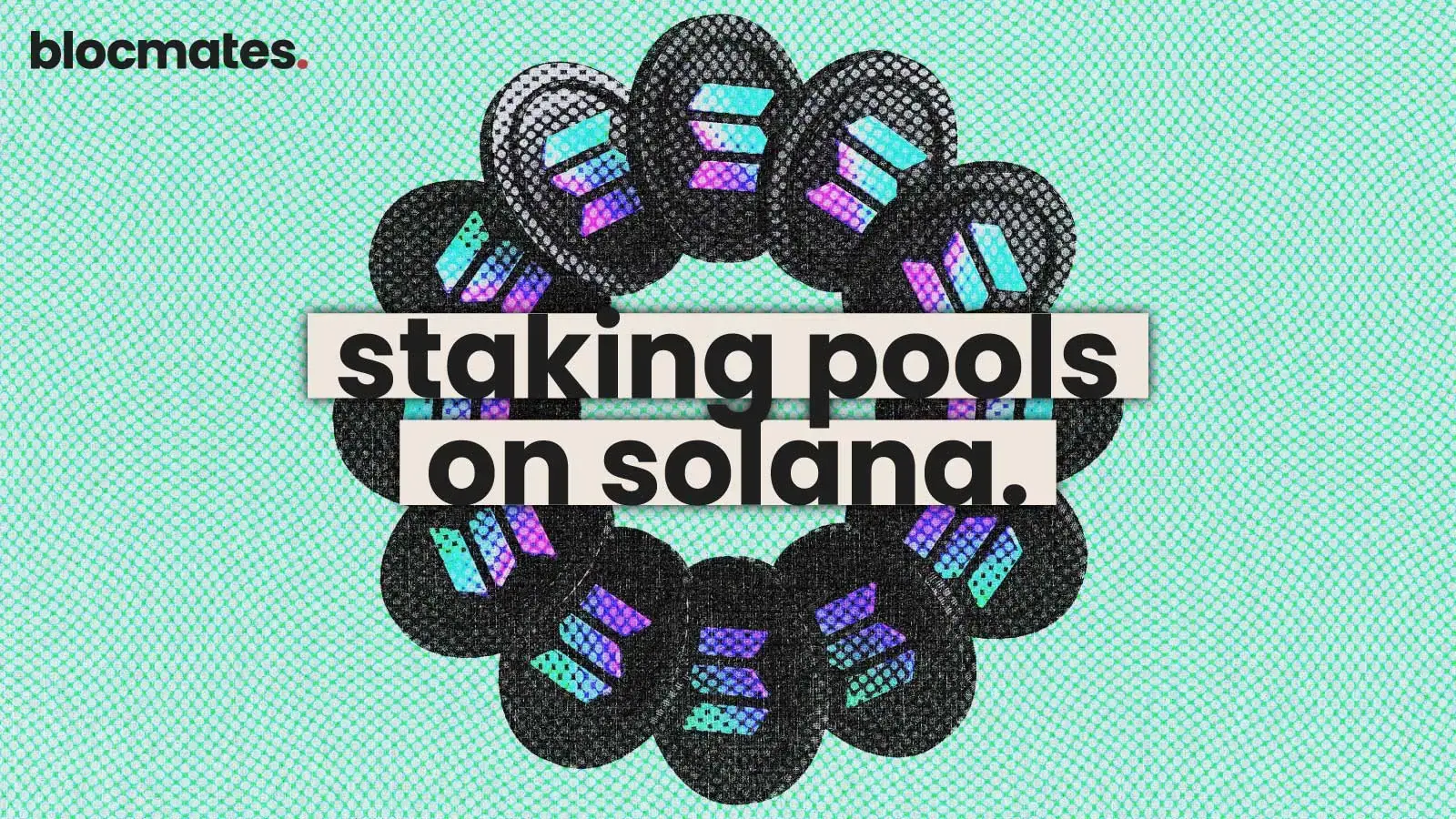




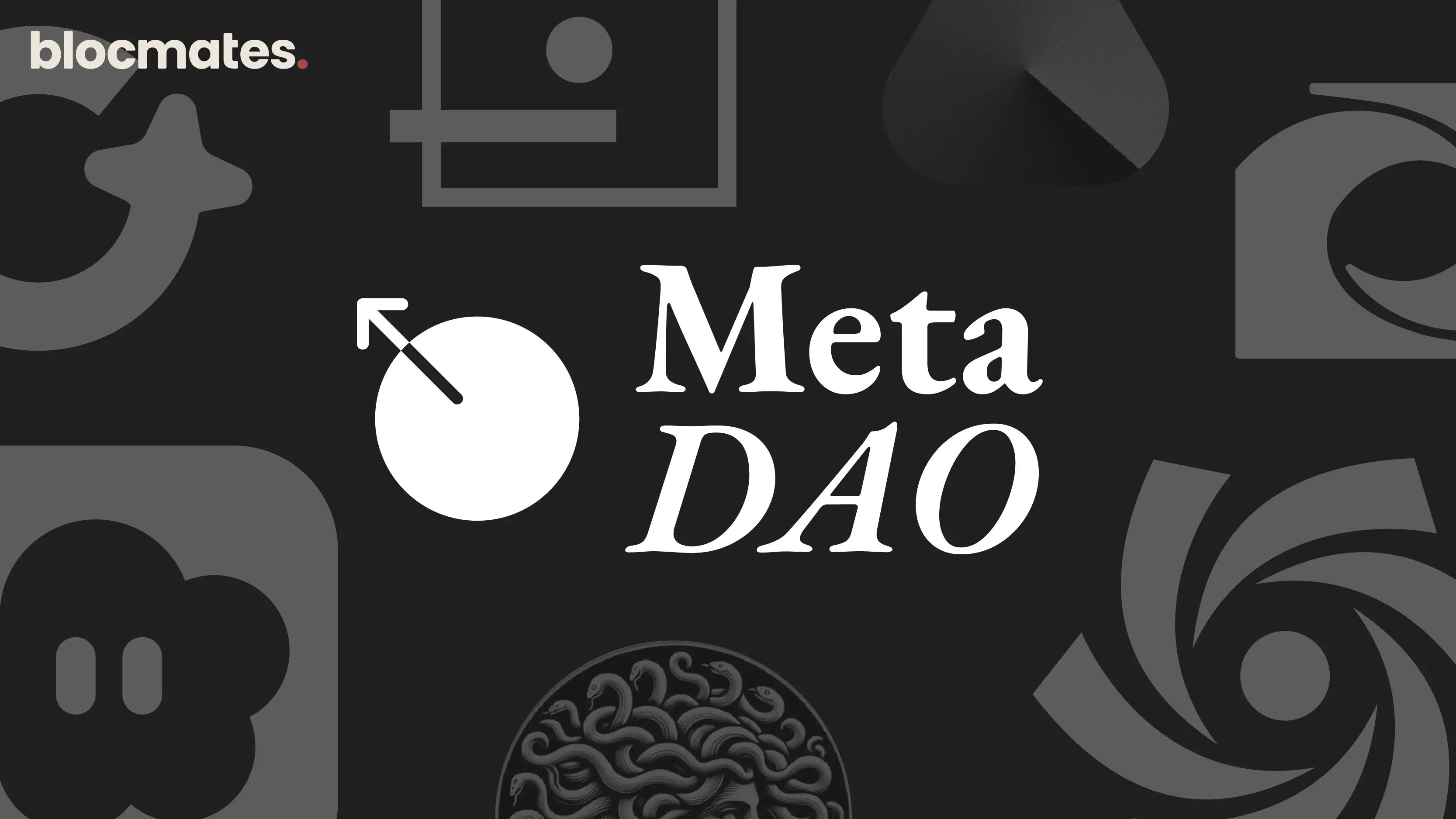
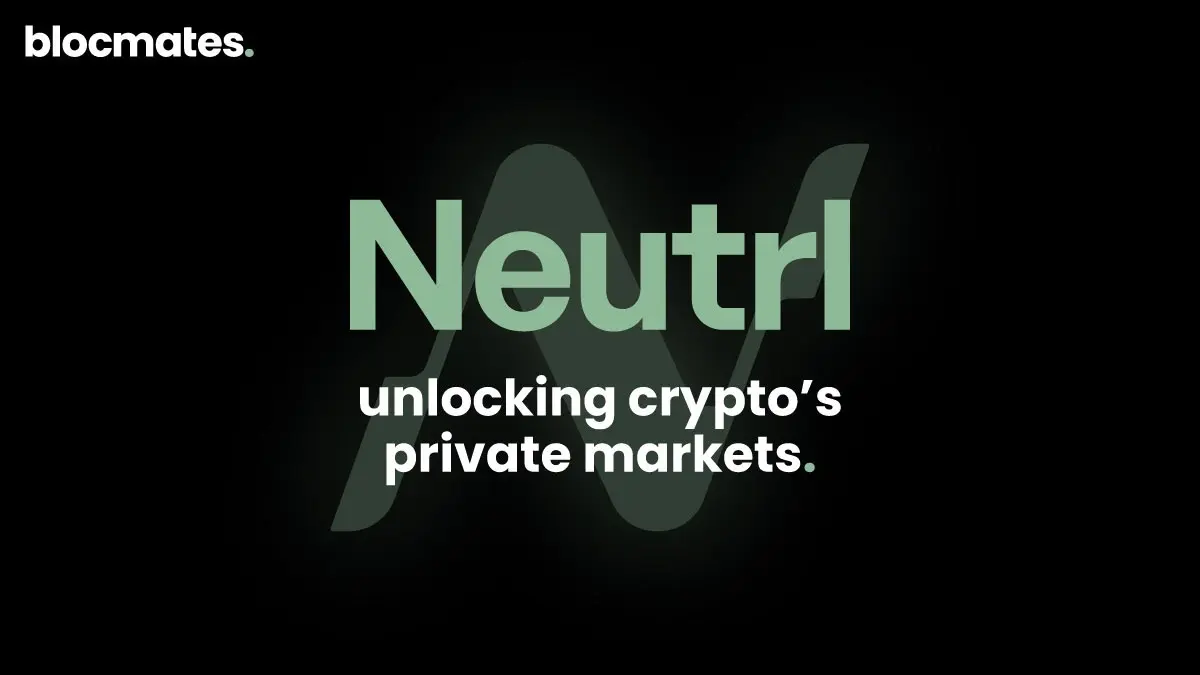


.webp)
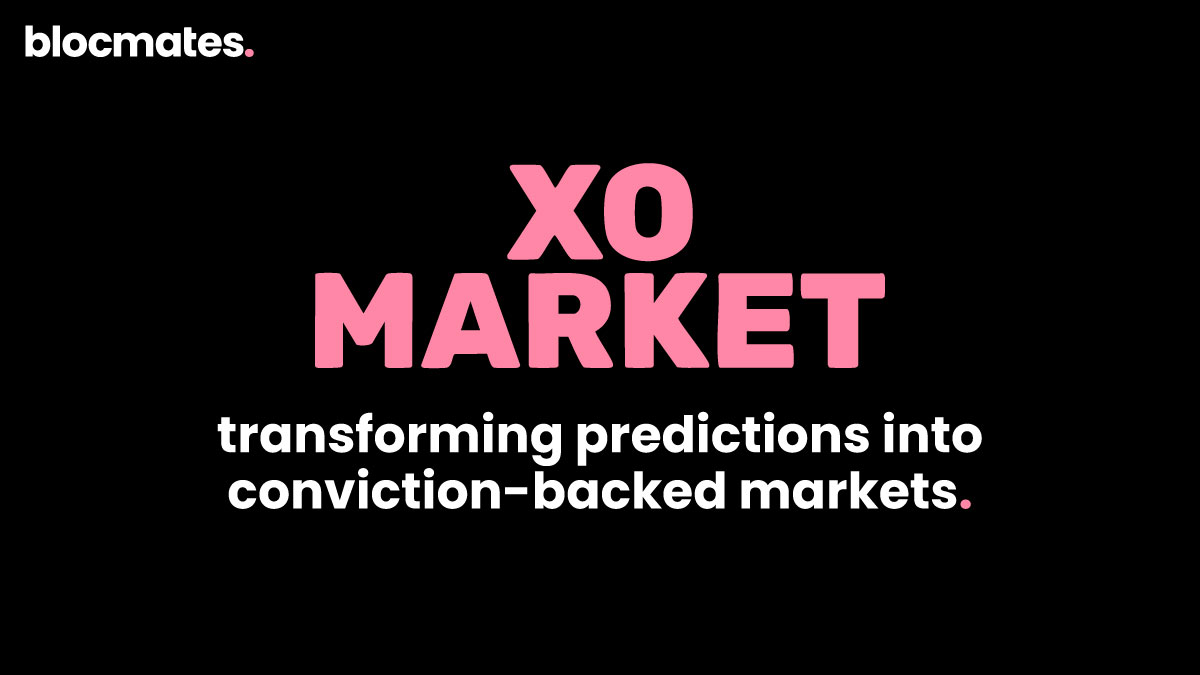
.webp)
.webp)
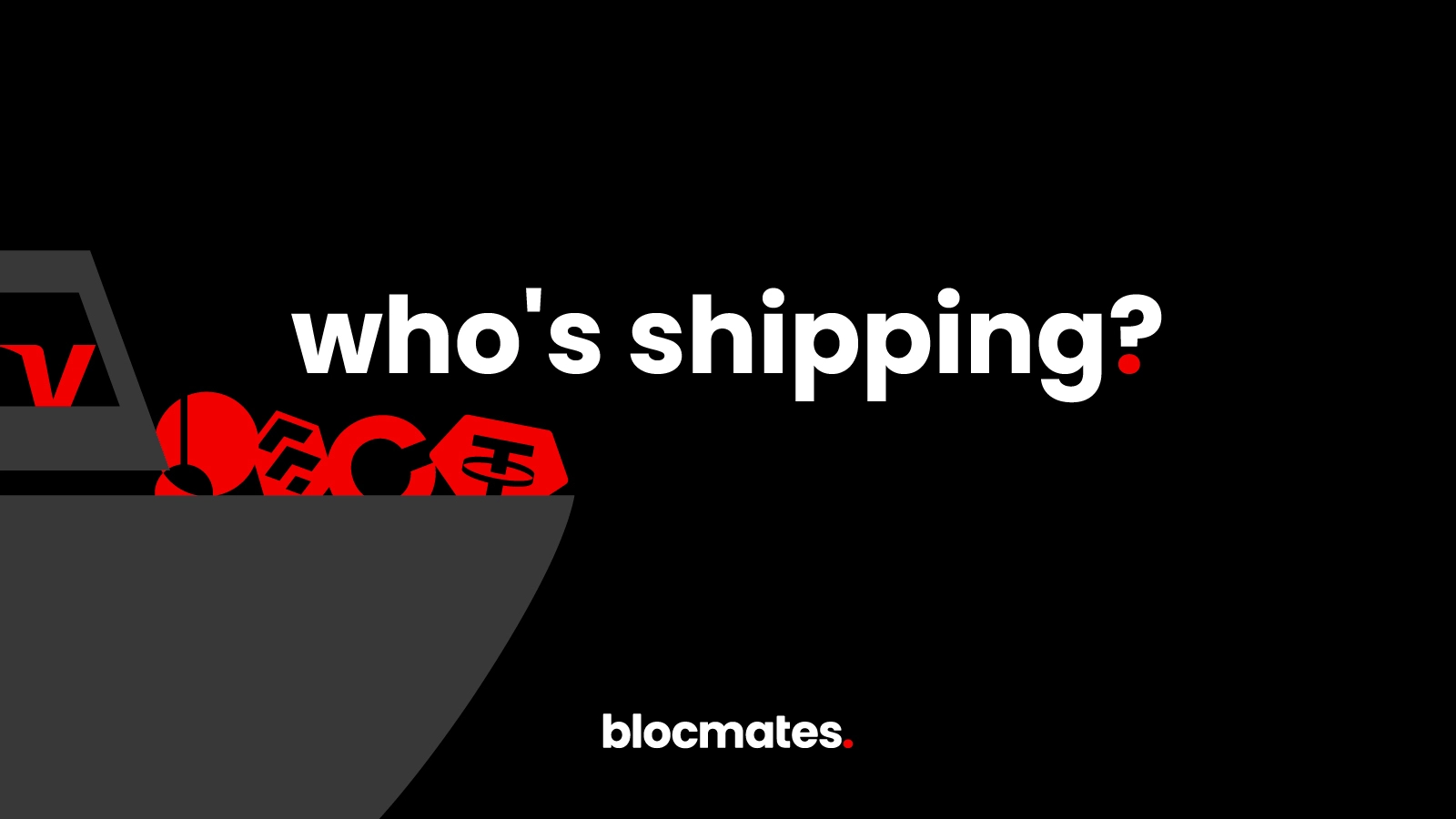
%20(1).webp)
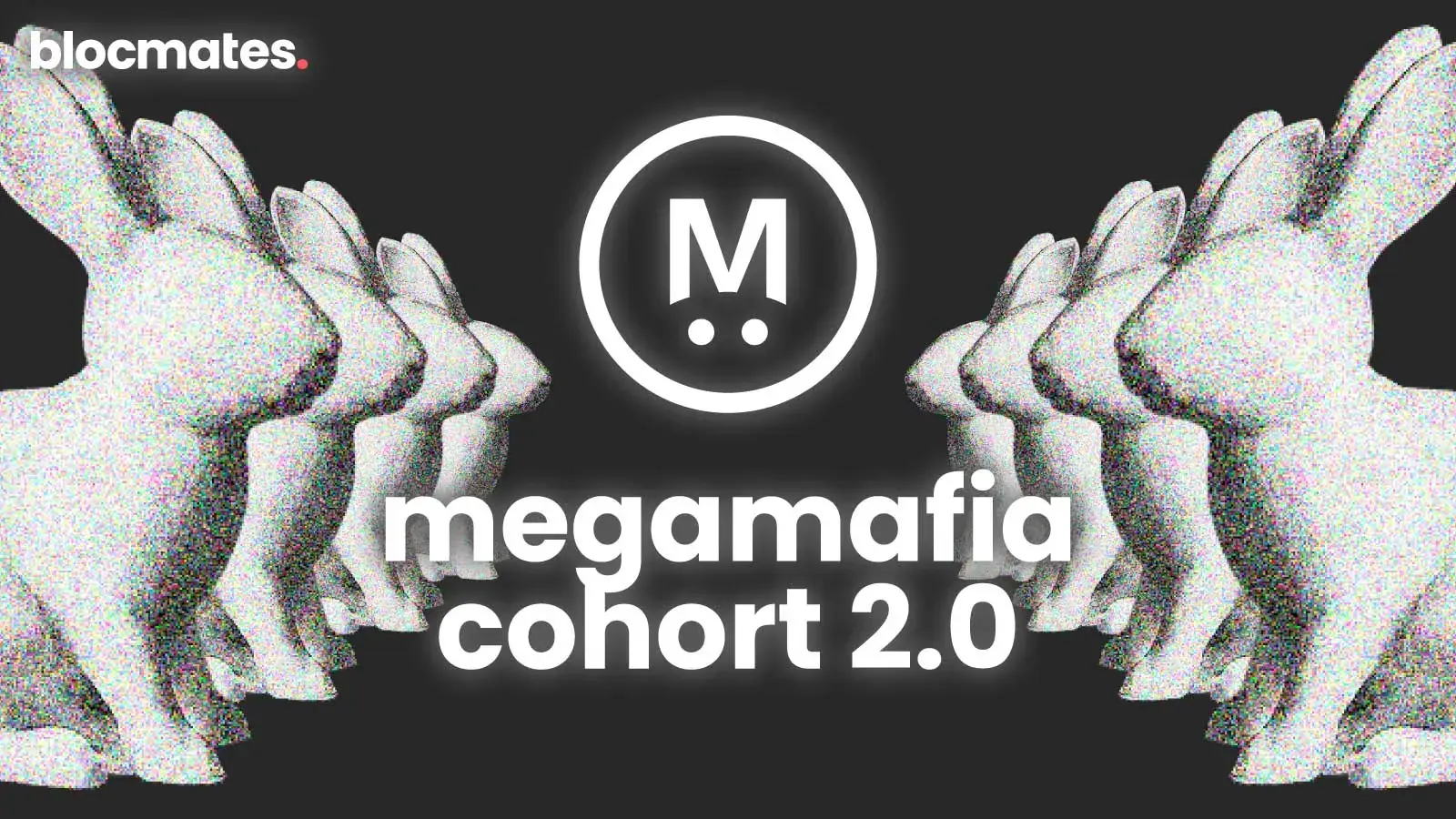
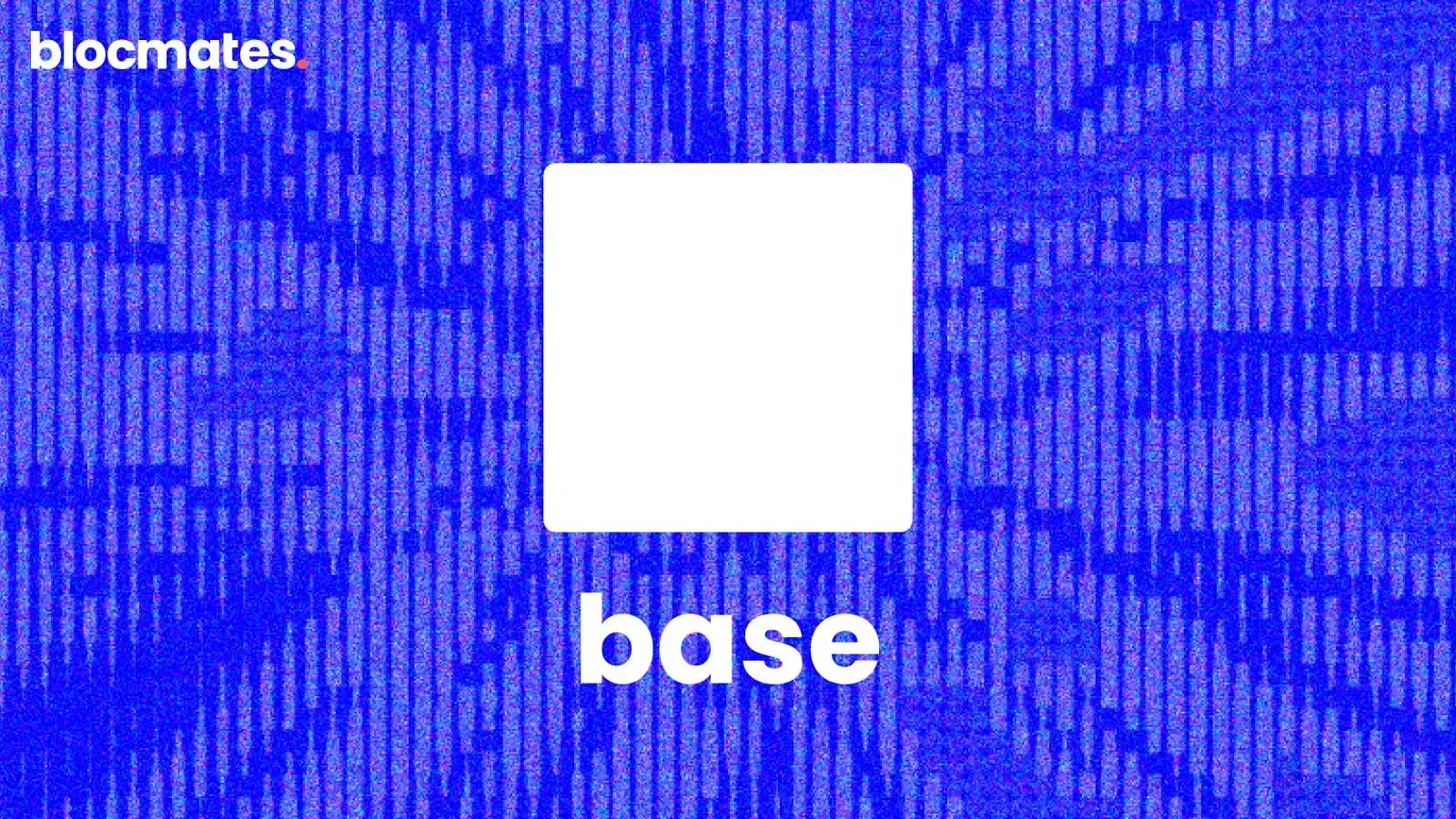
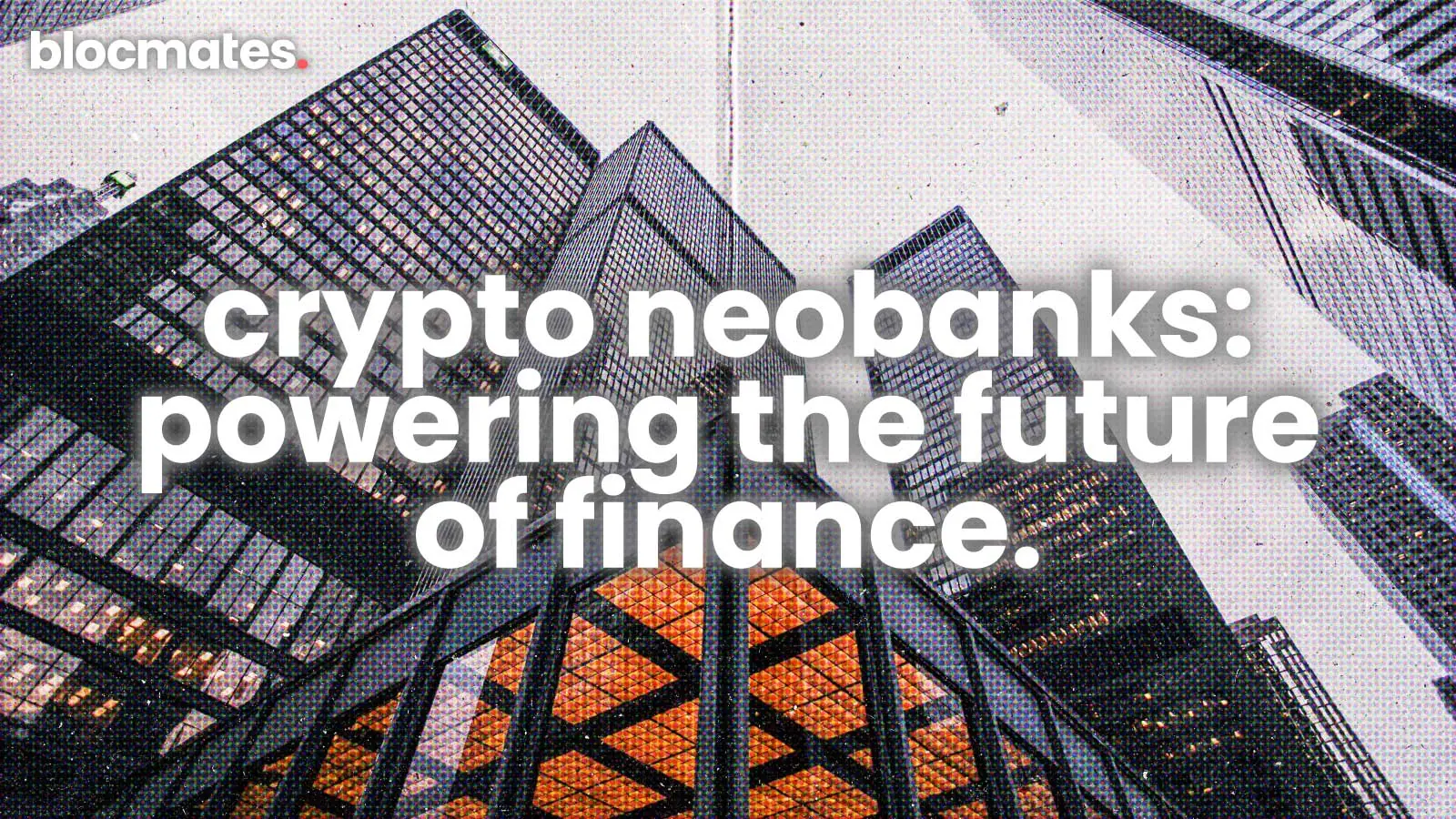


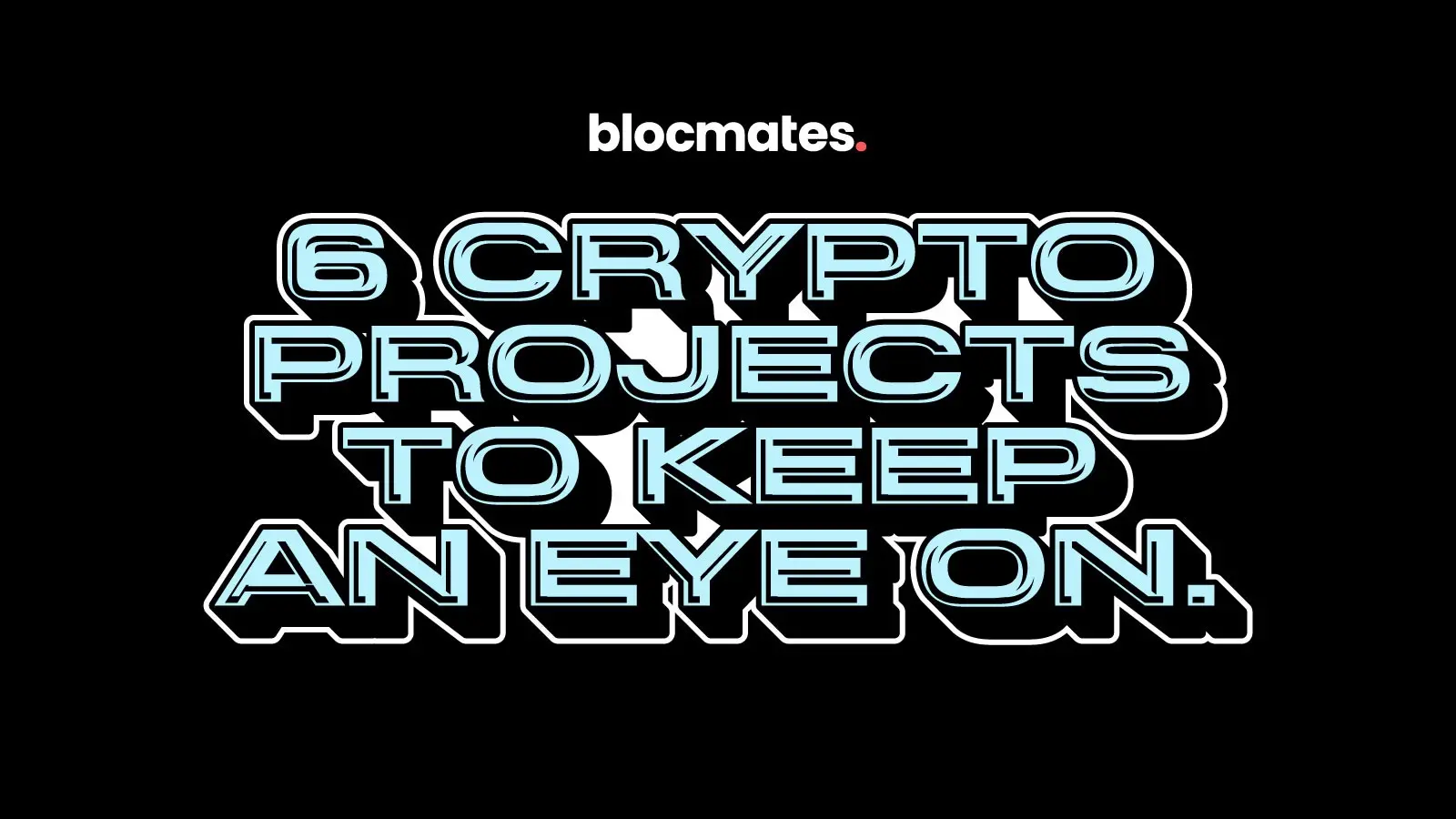
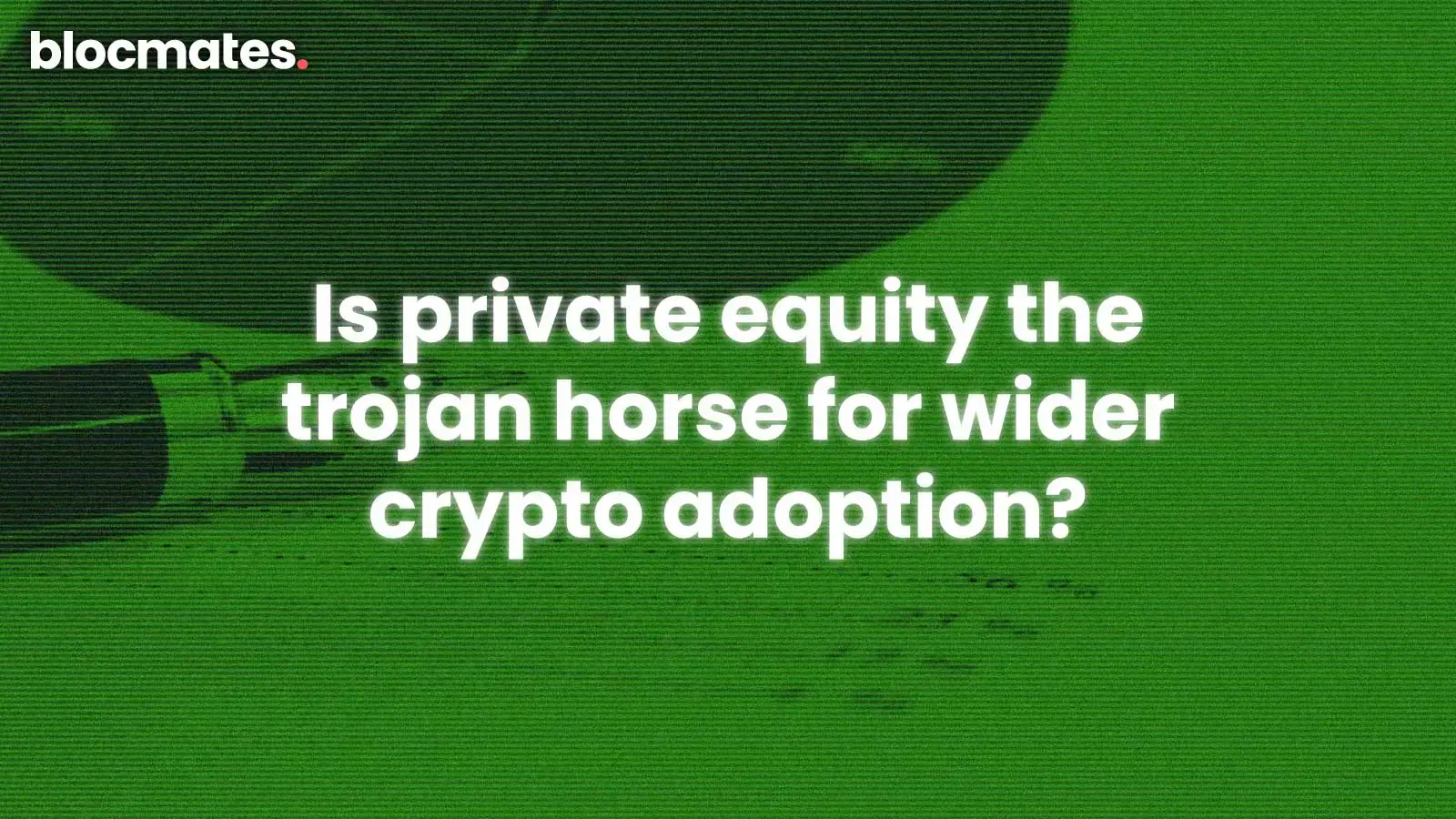
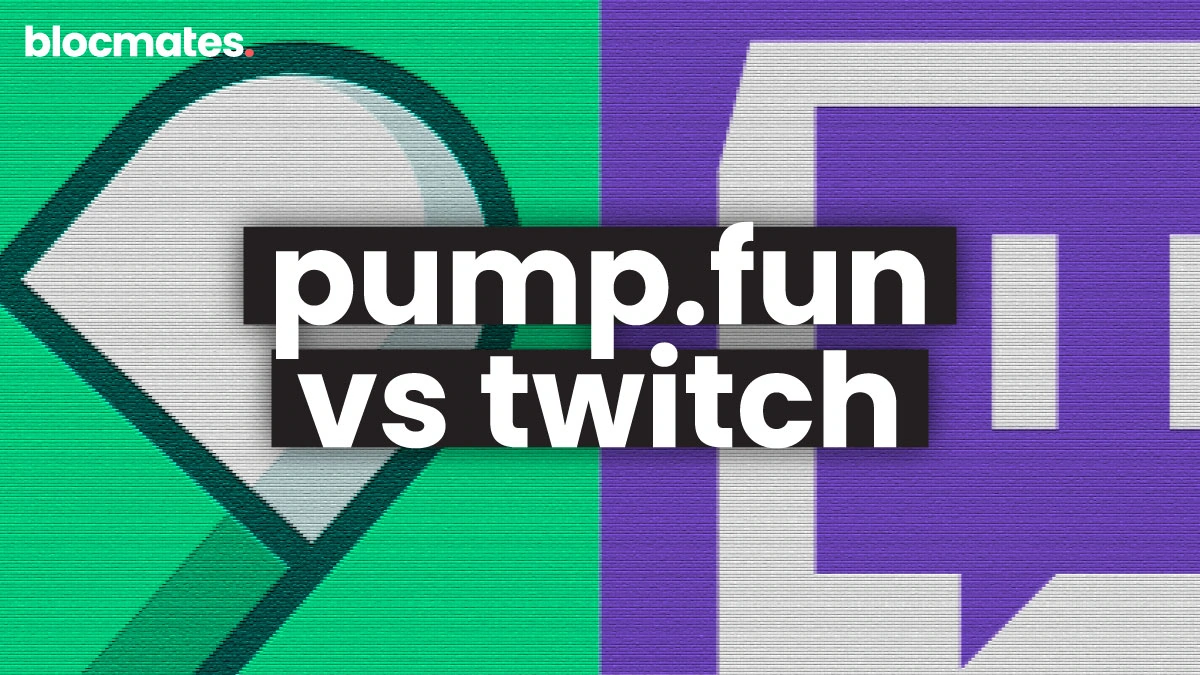


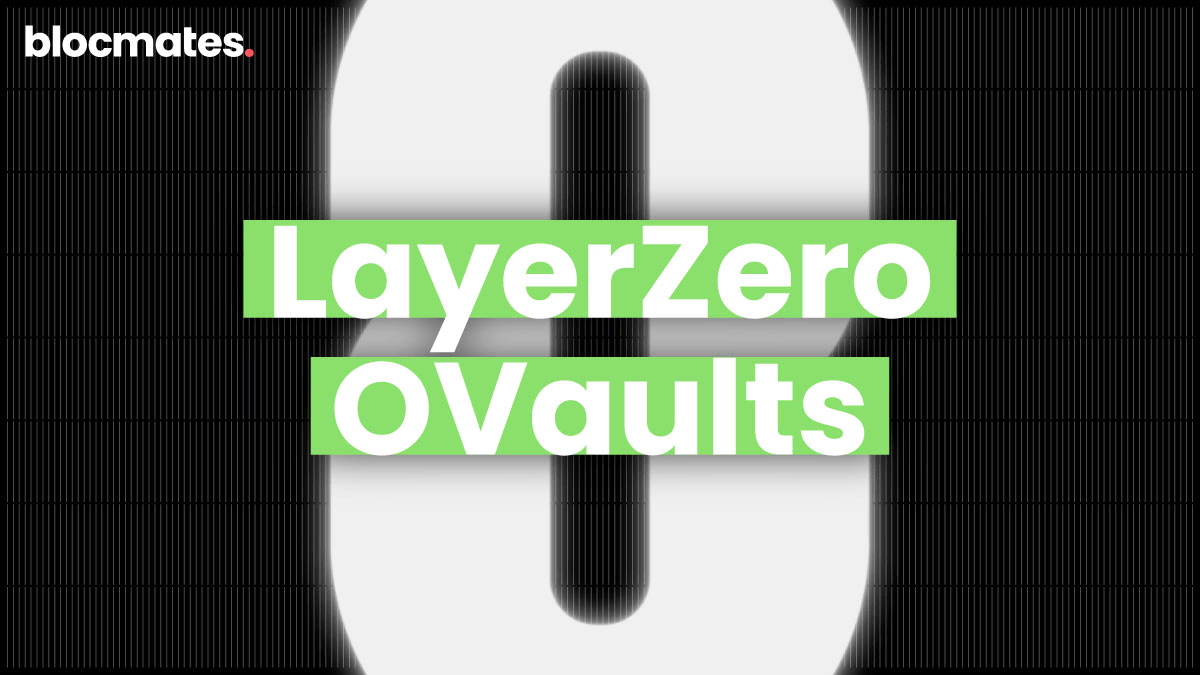

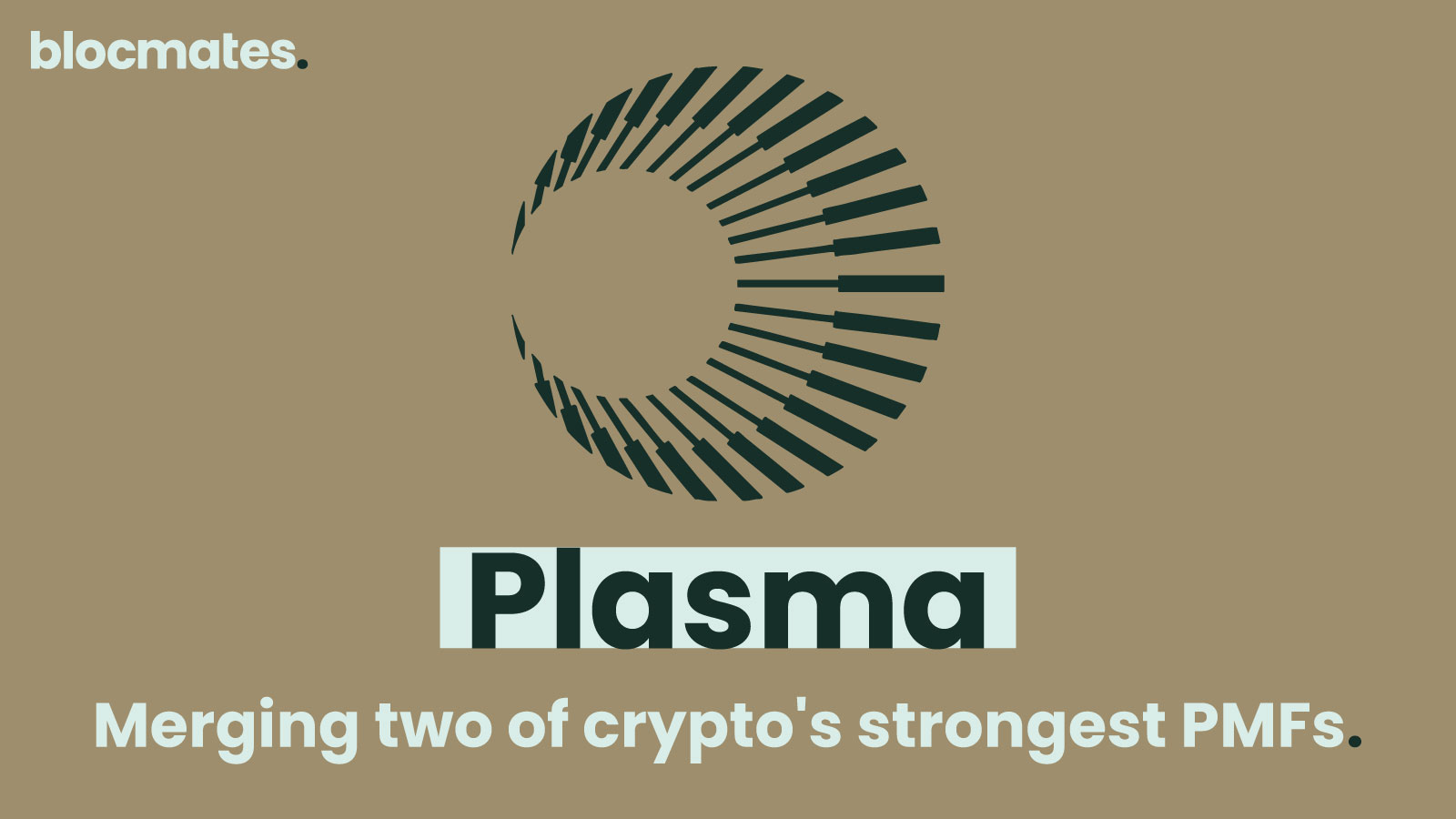

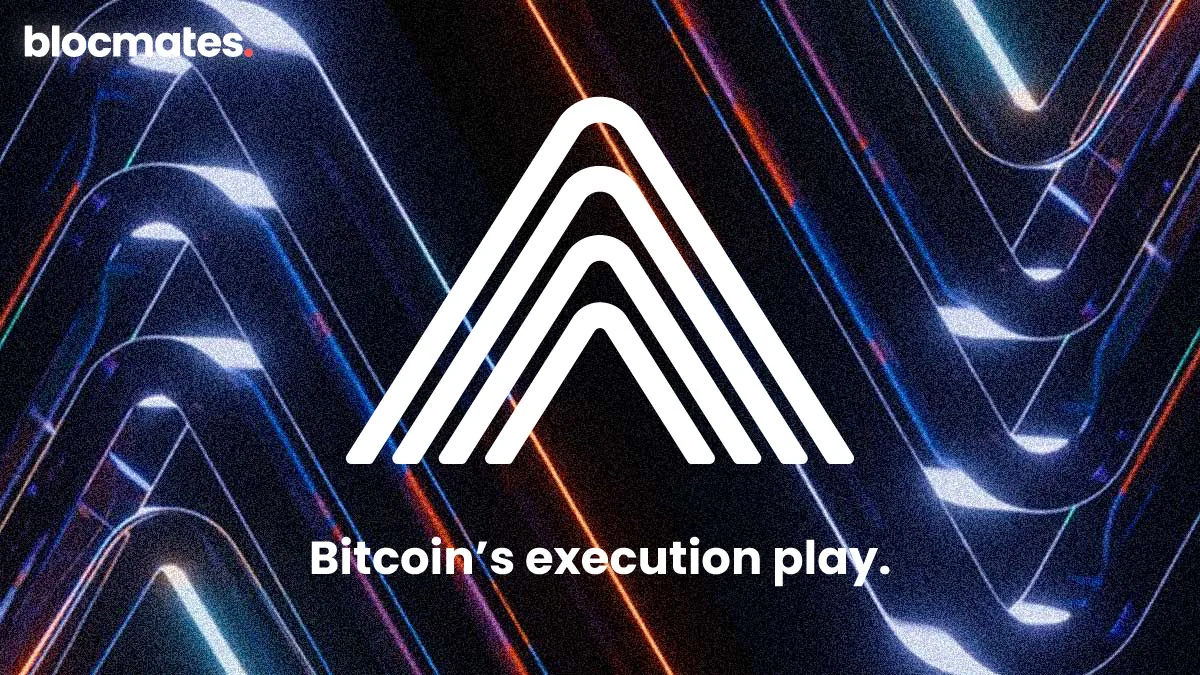
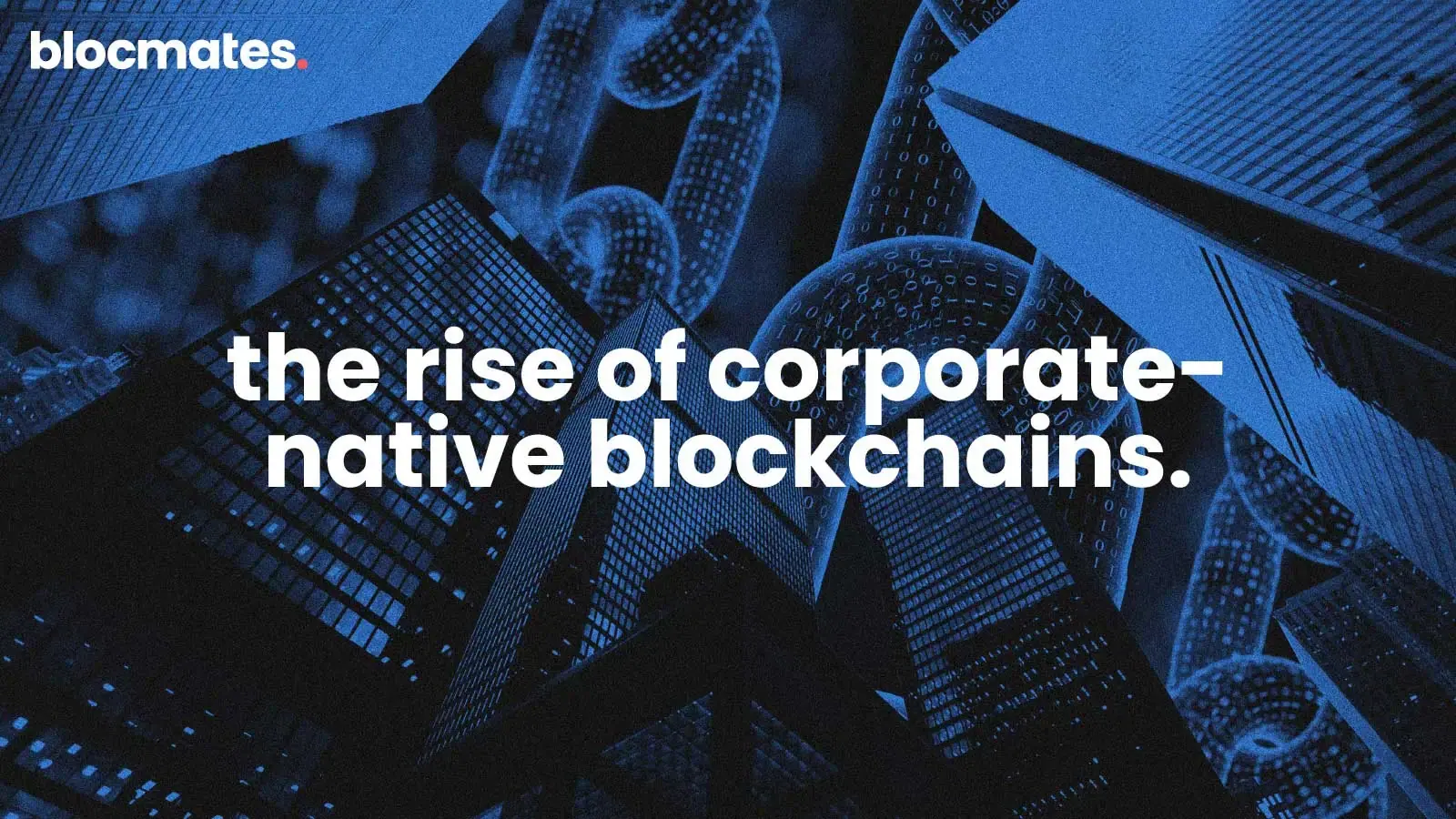
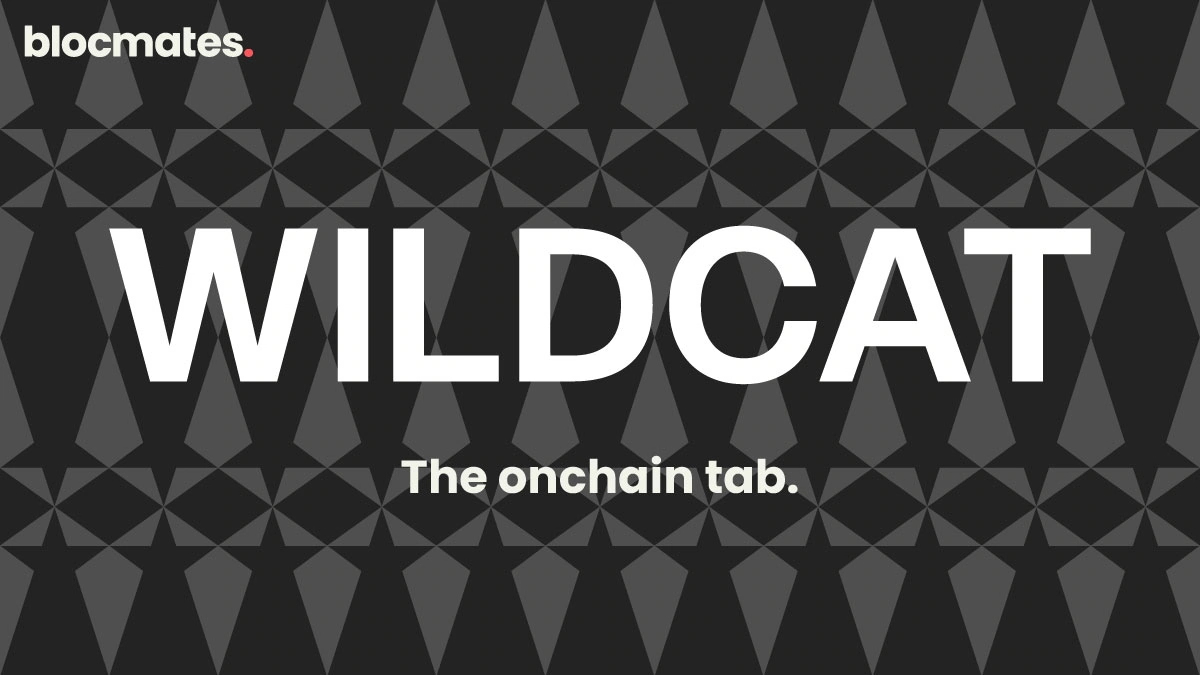
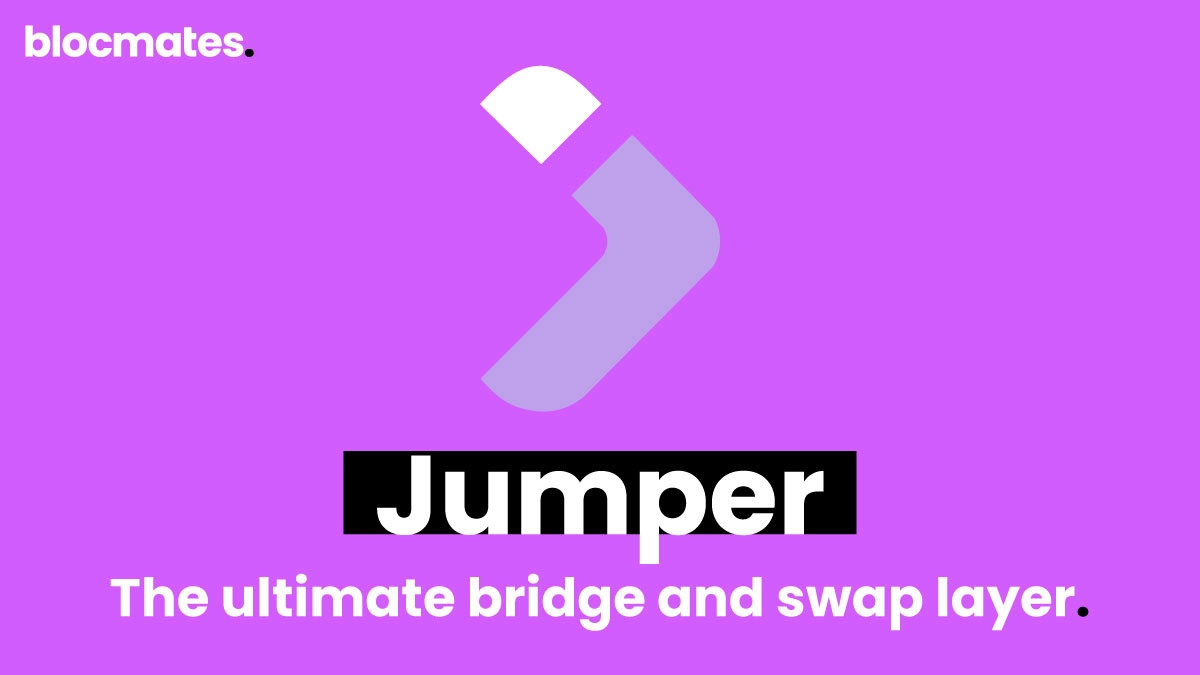
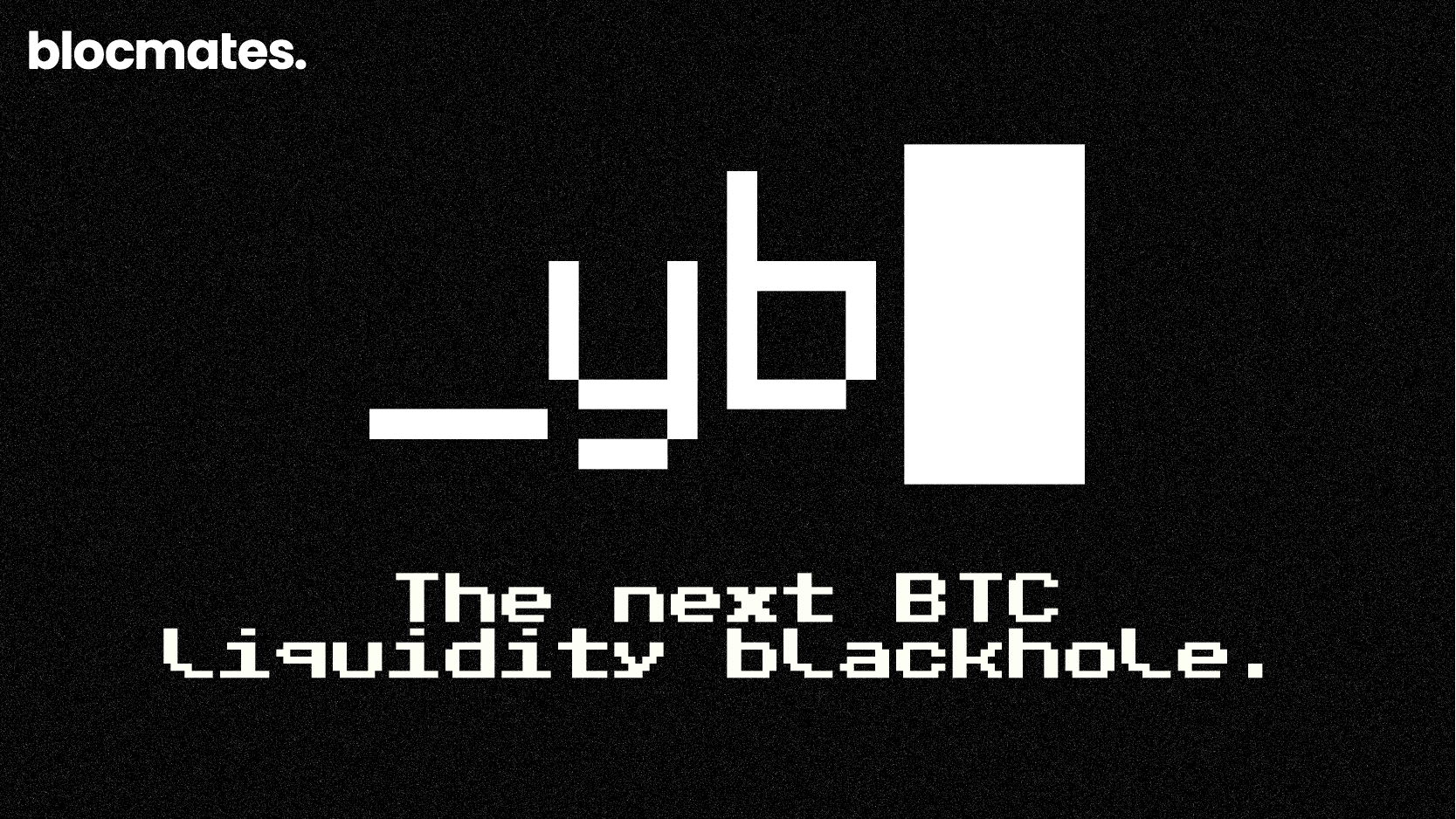
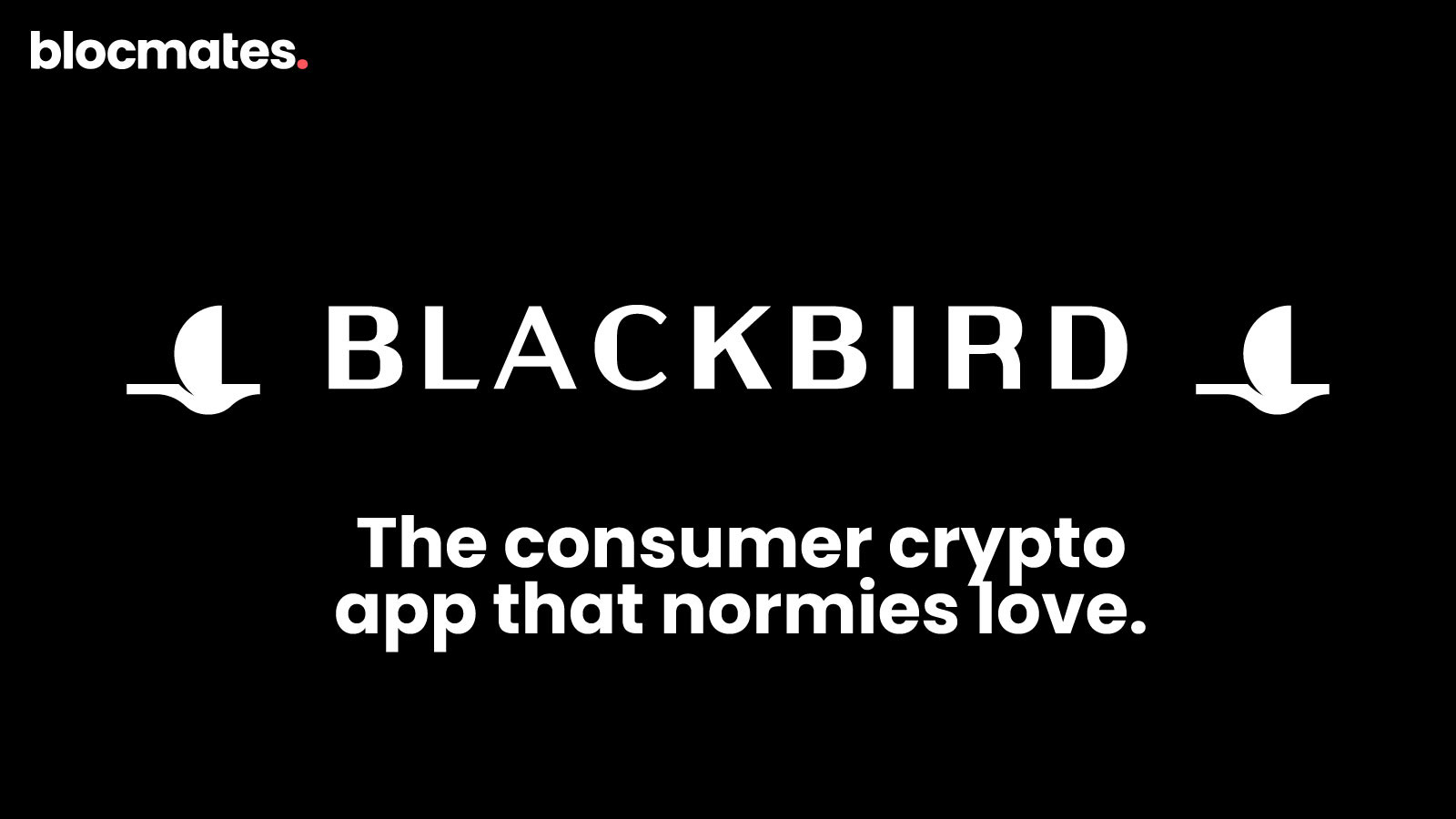
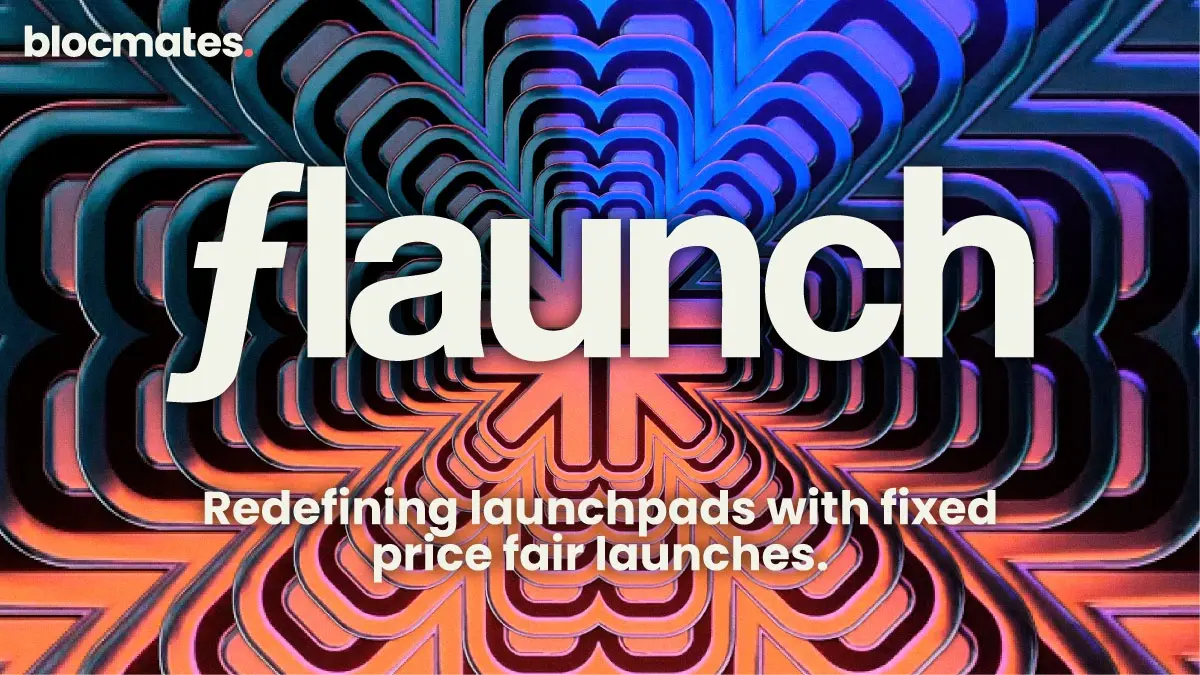

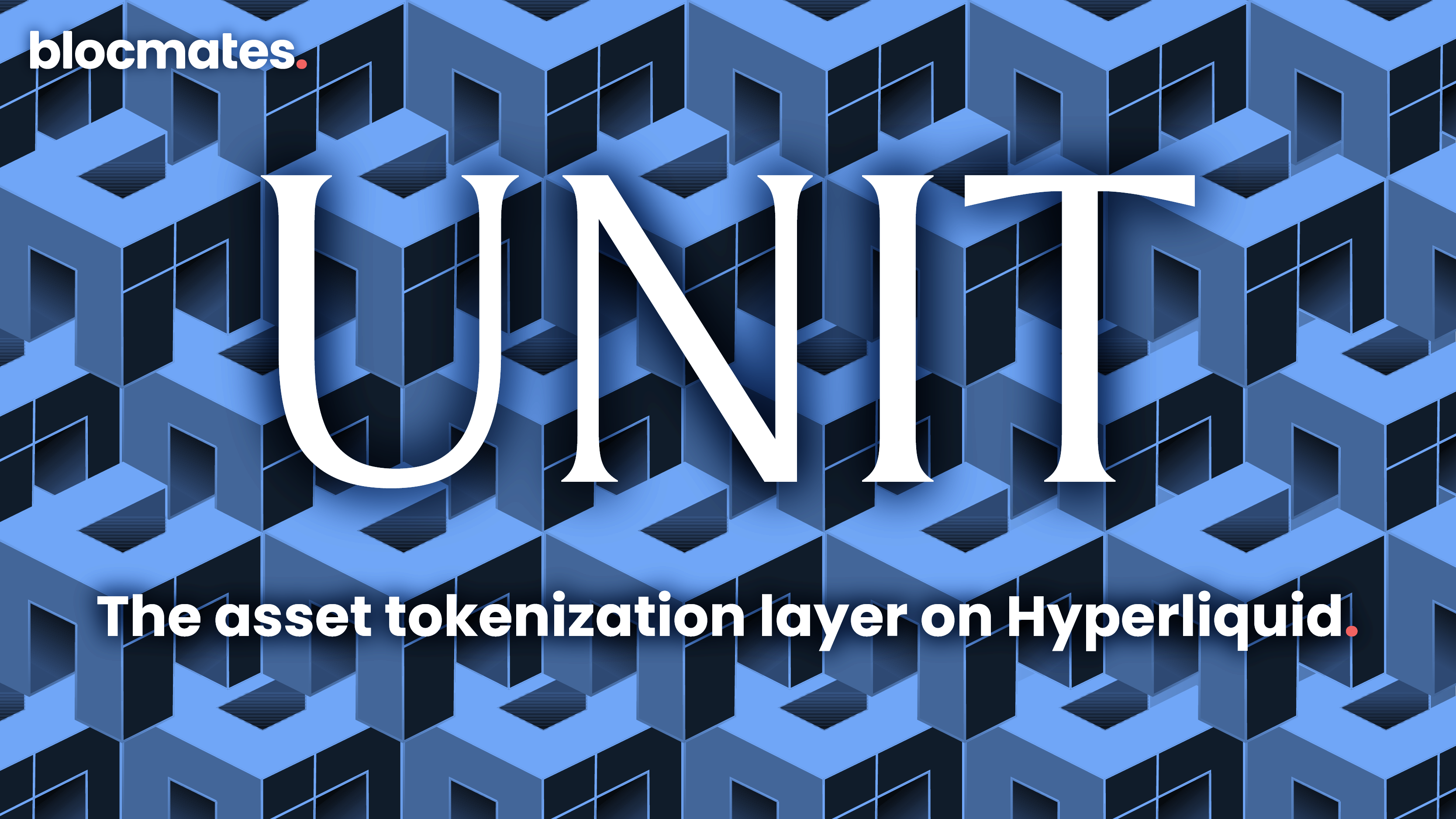
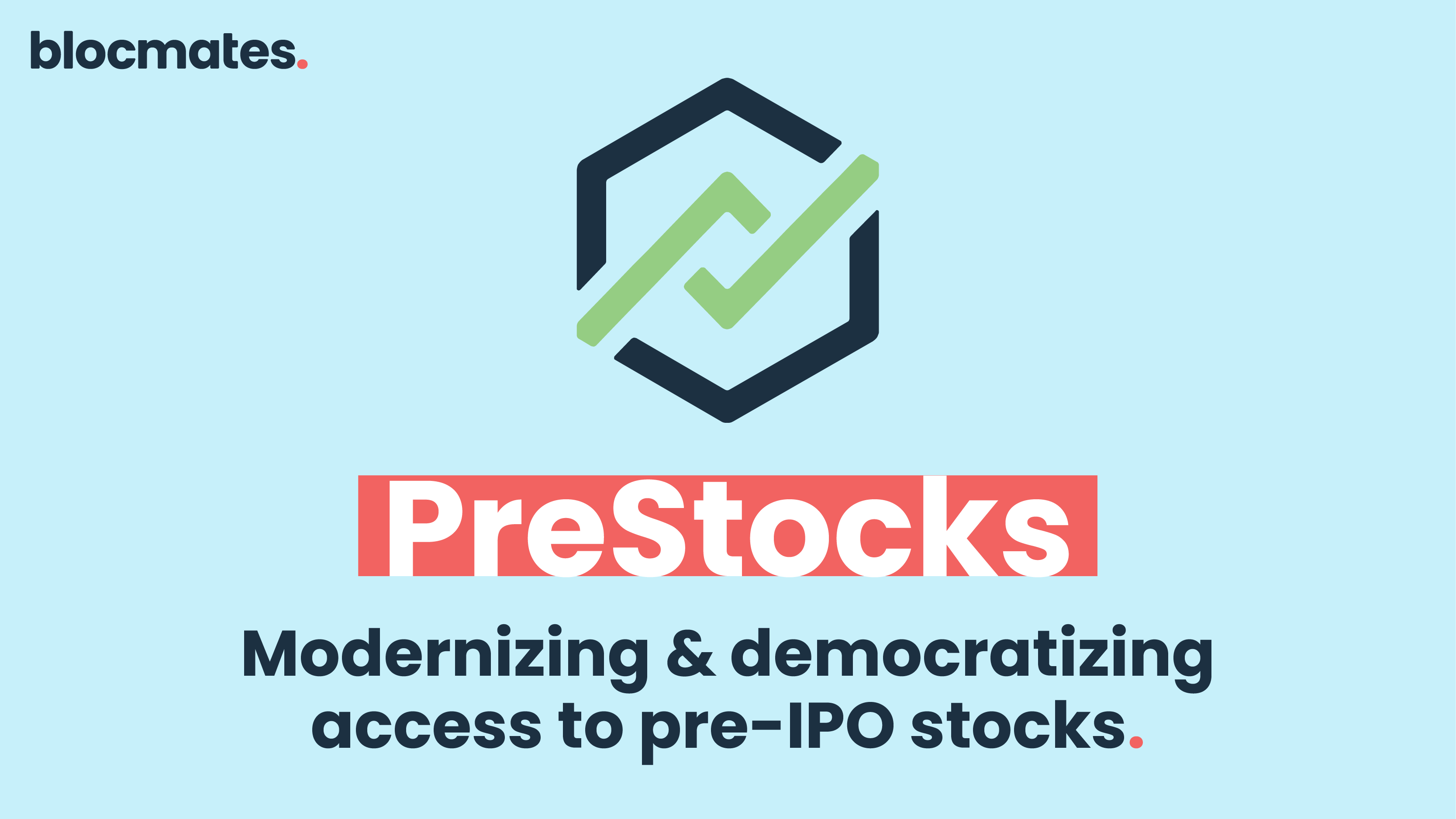

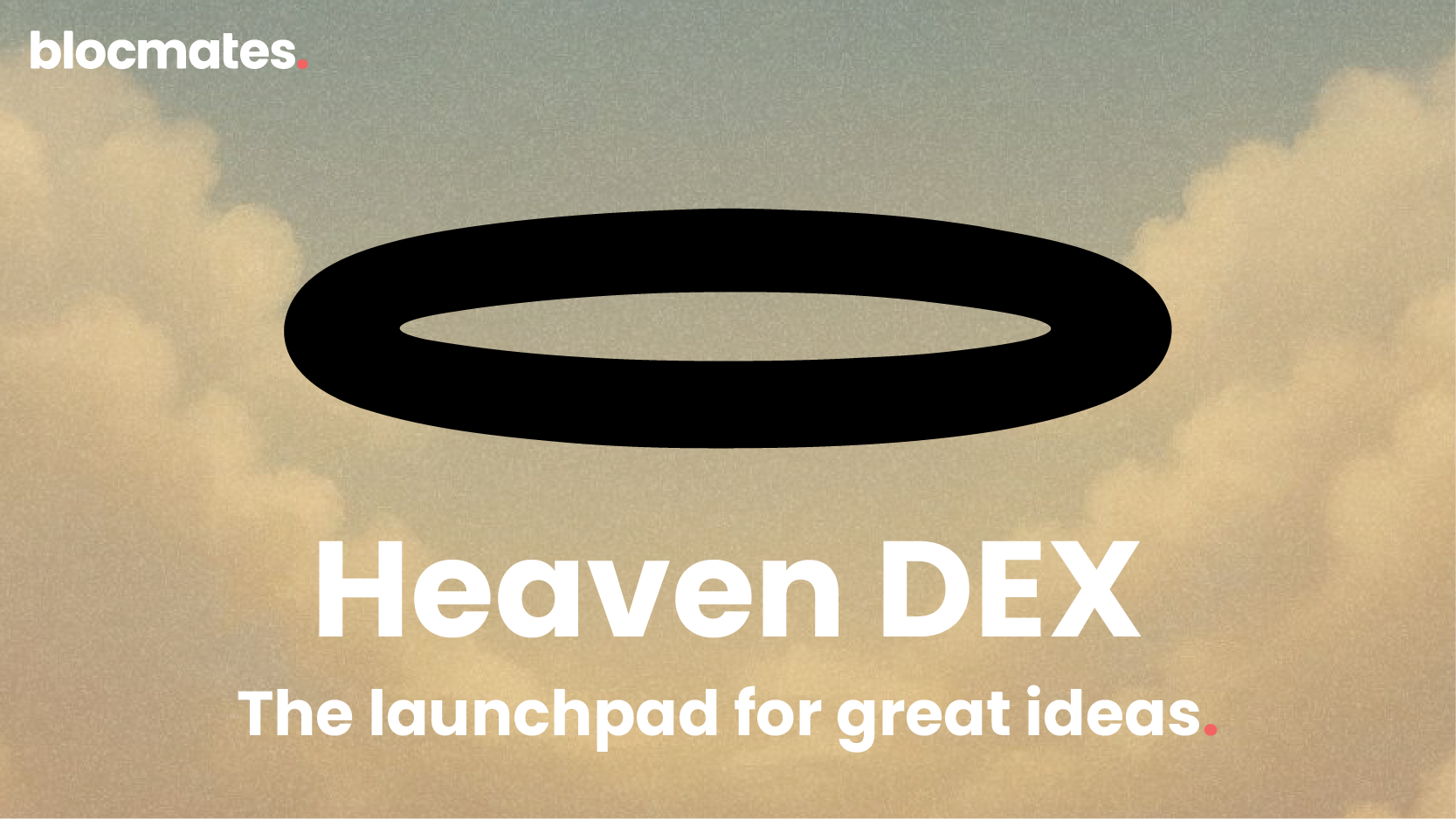
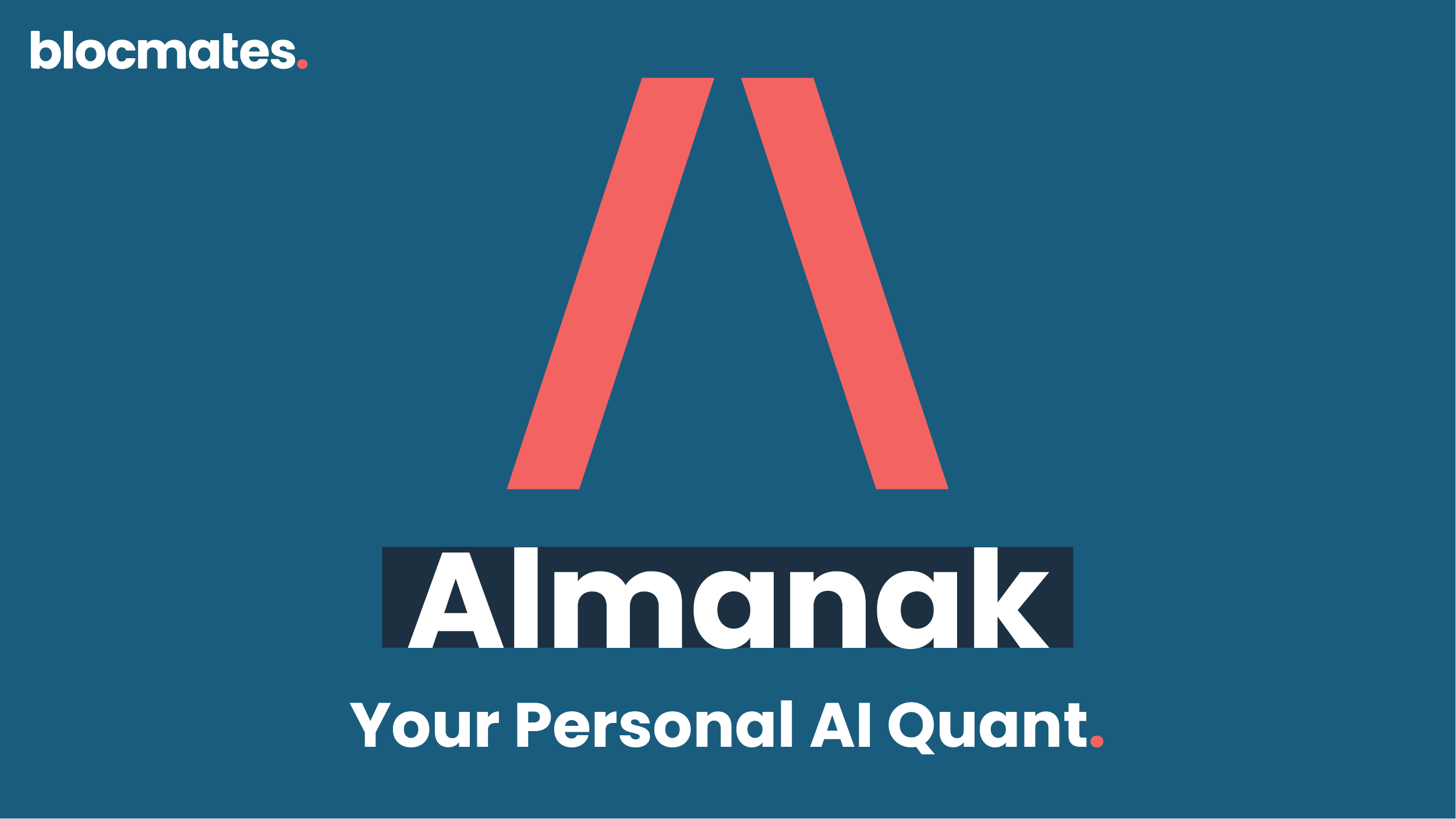

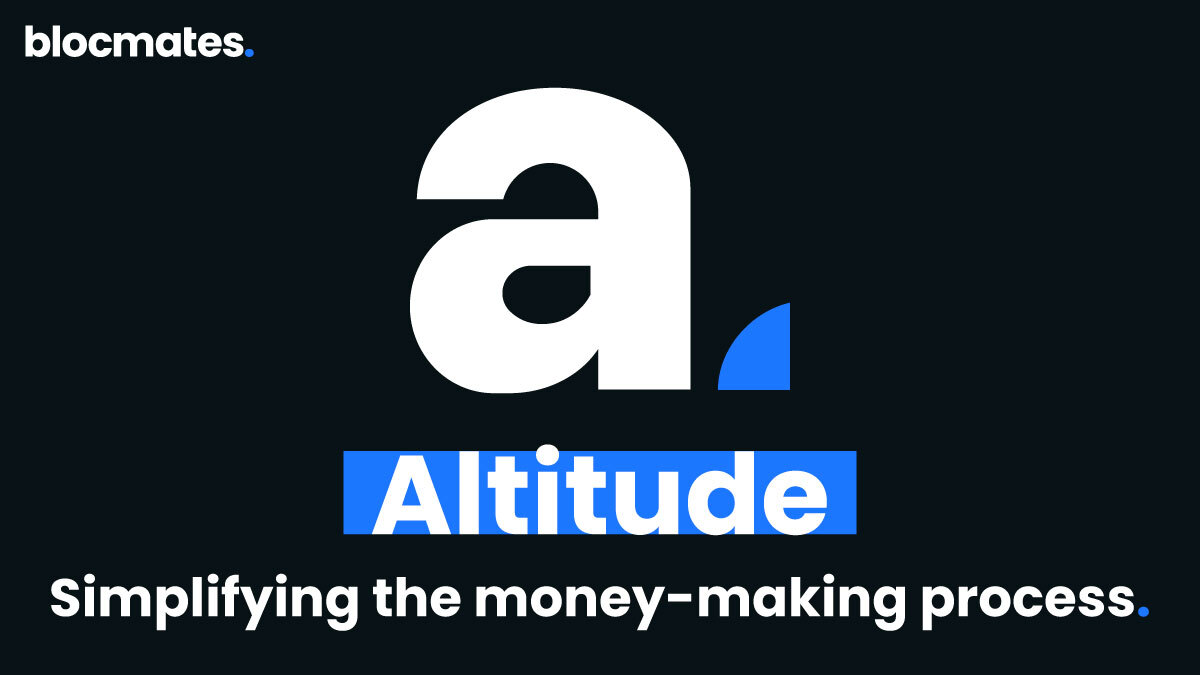
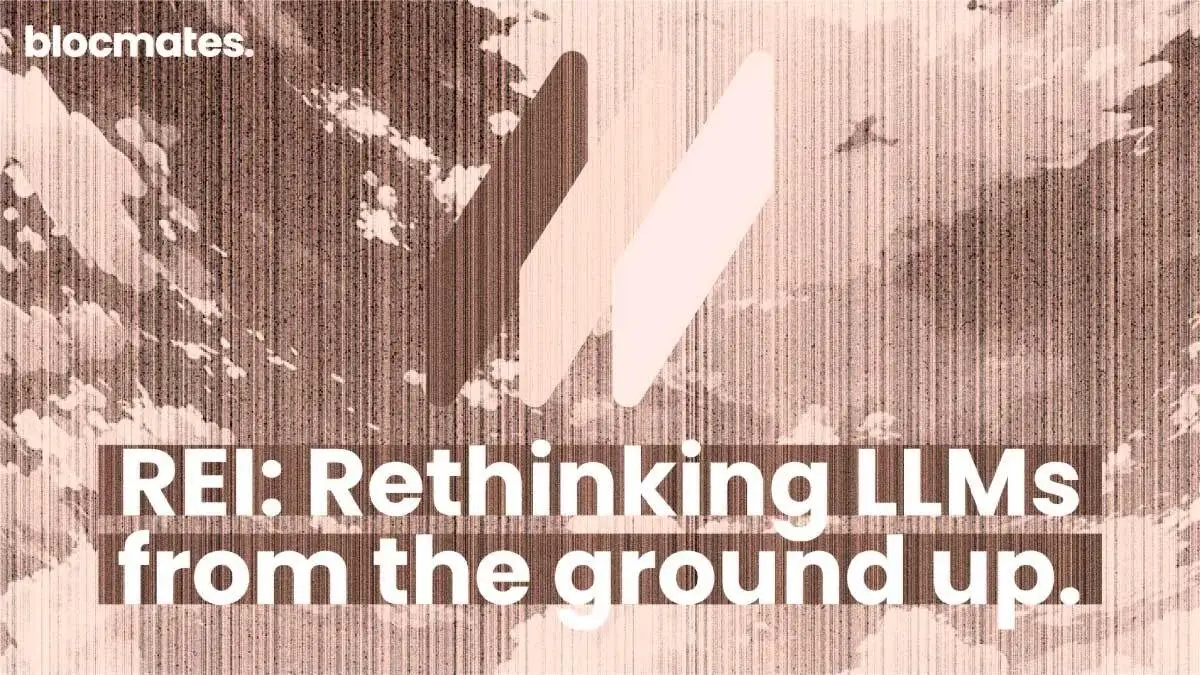
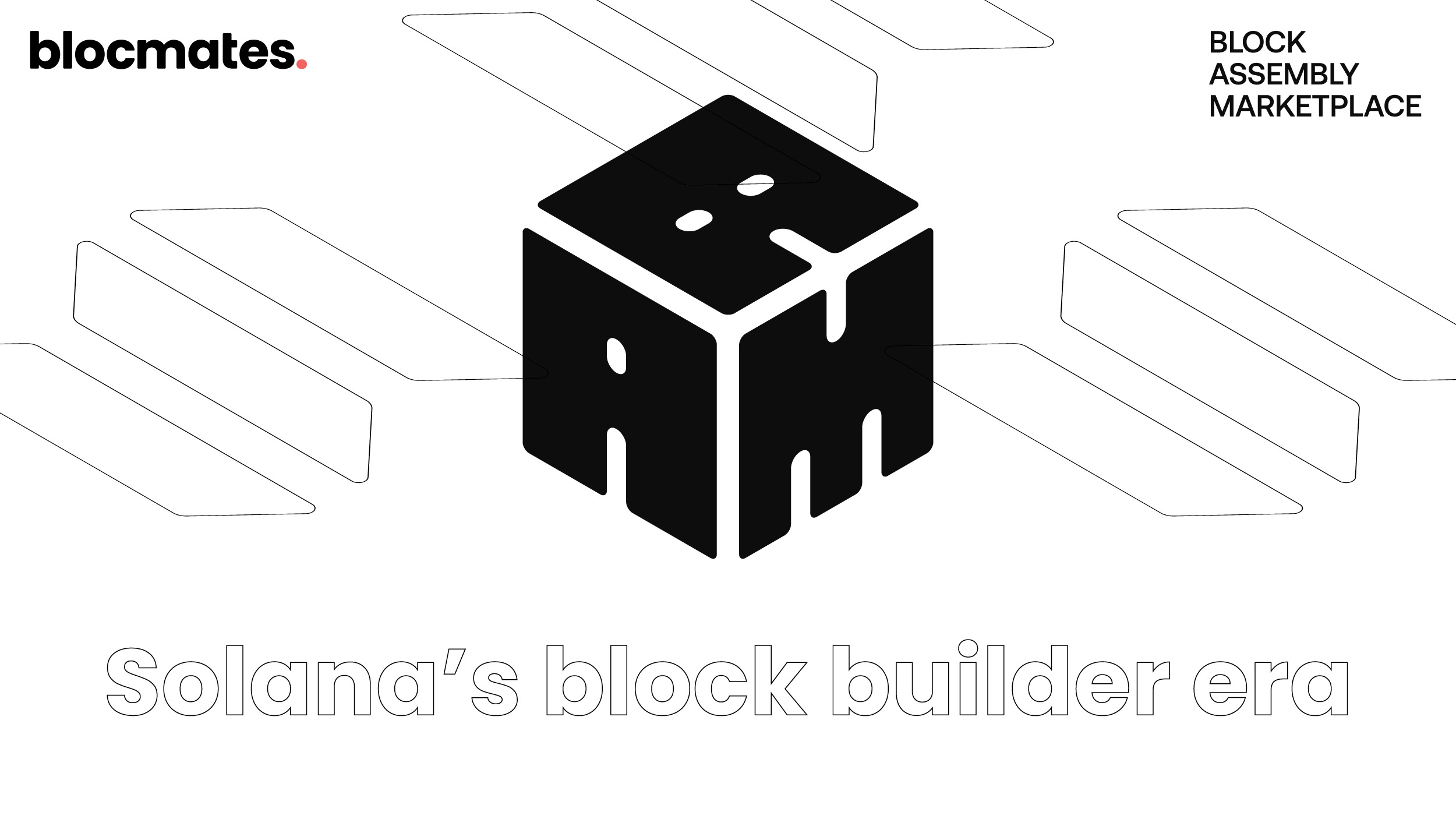

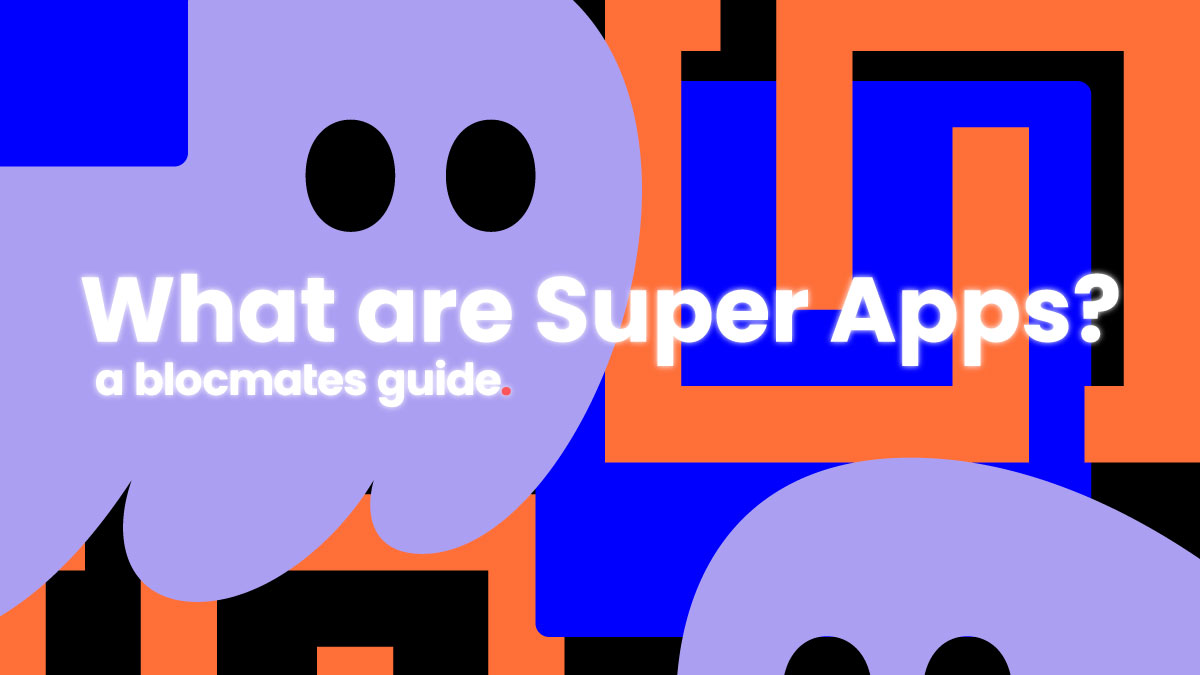
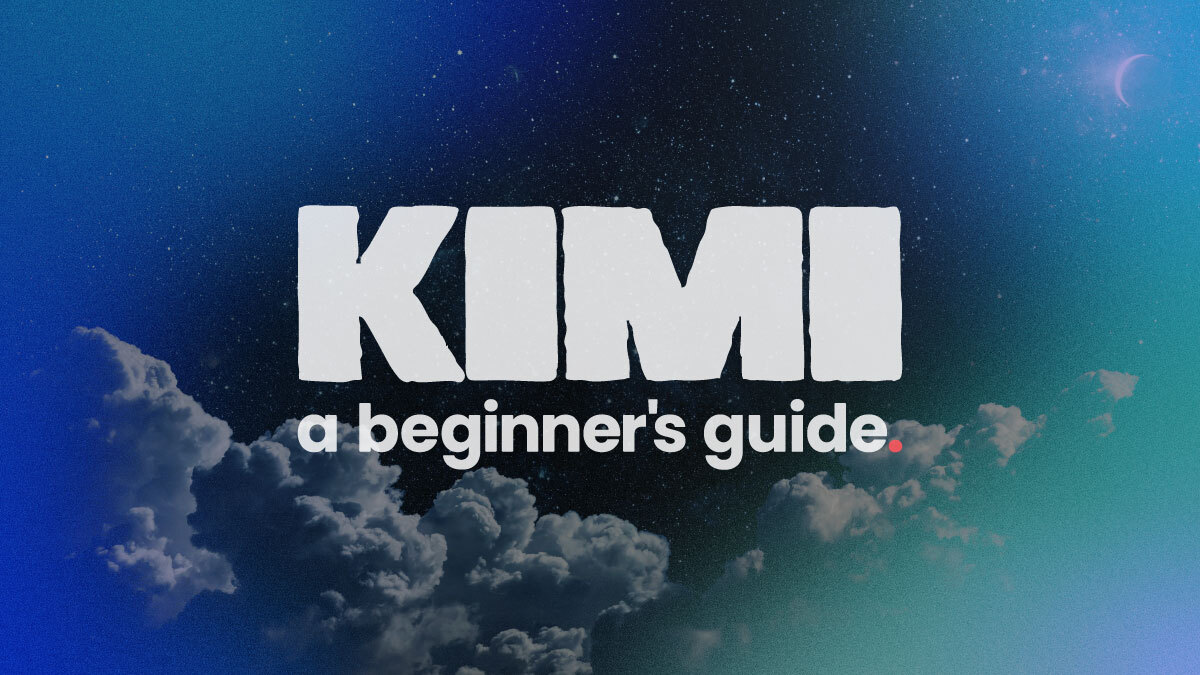
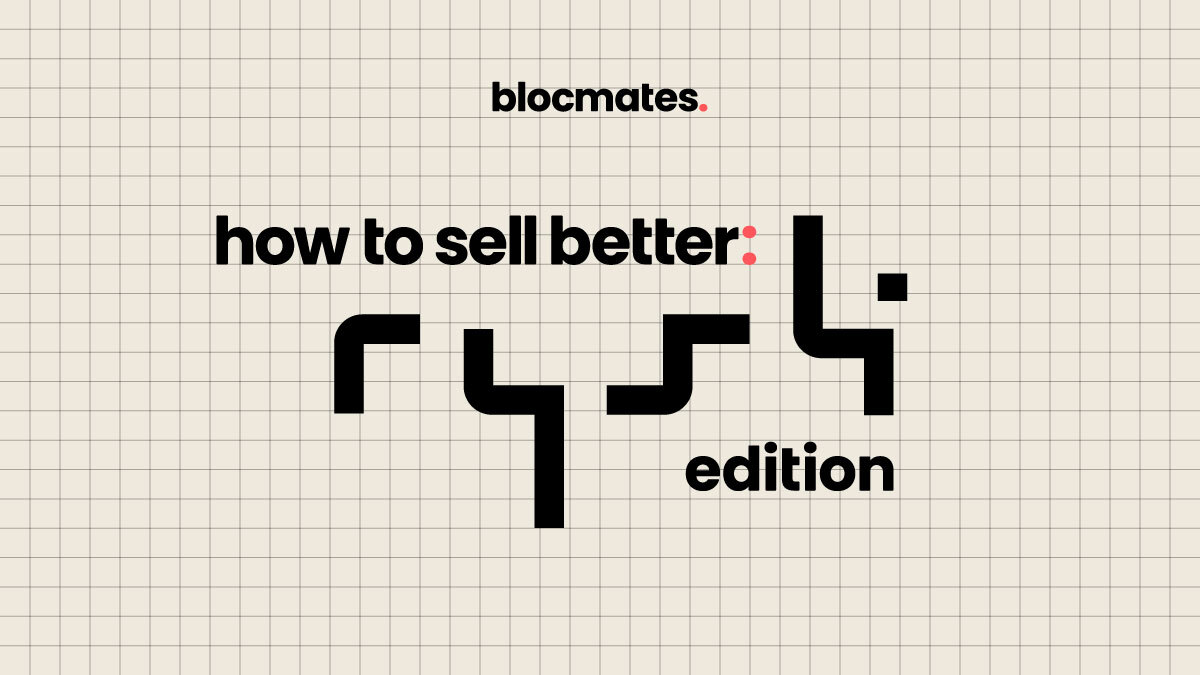
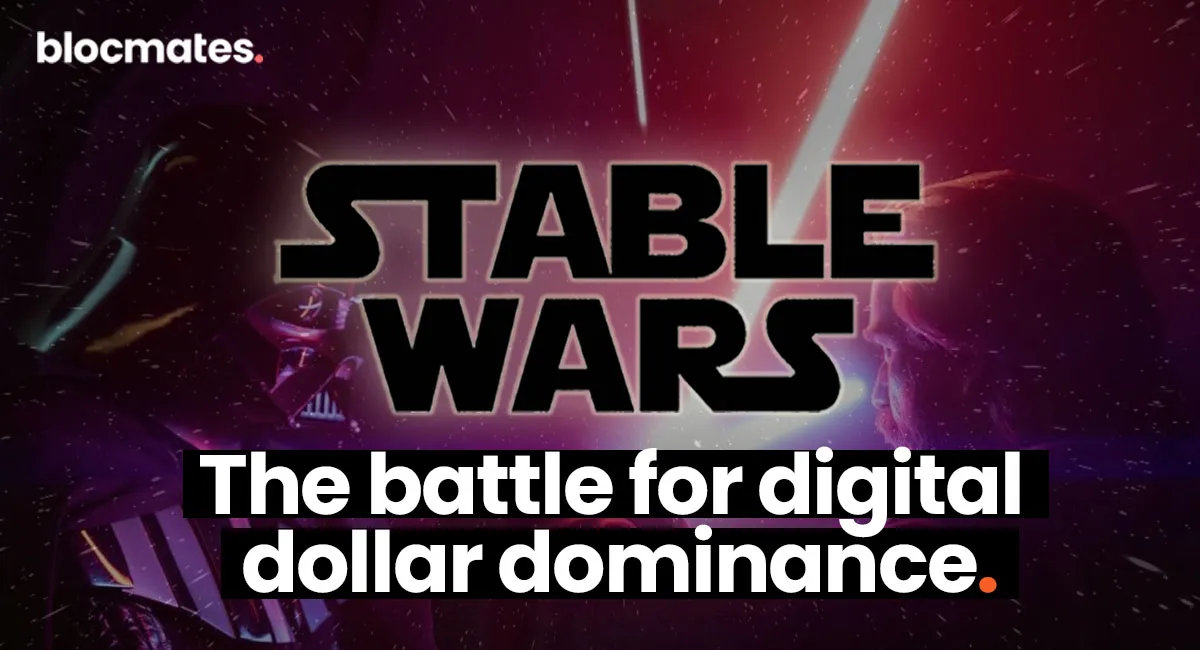






















%202.webp)


.webp)

.webp)
.webp)
.webp)


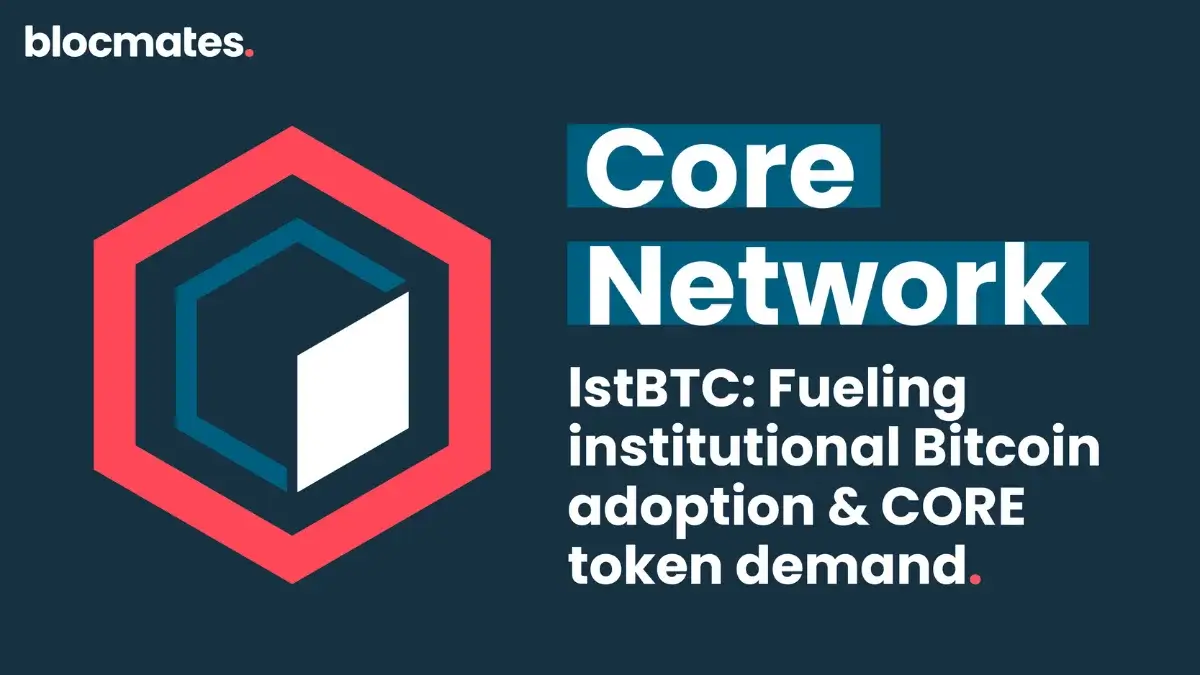
.webp)












%20the%20Next%20Big%20Unlock%20in%20AI.webp)




.webp)
.webp)
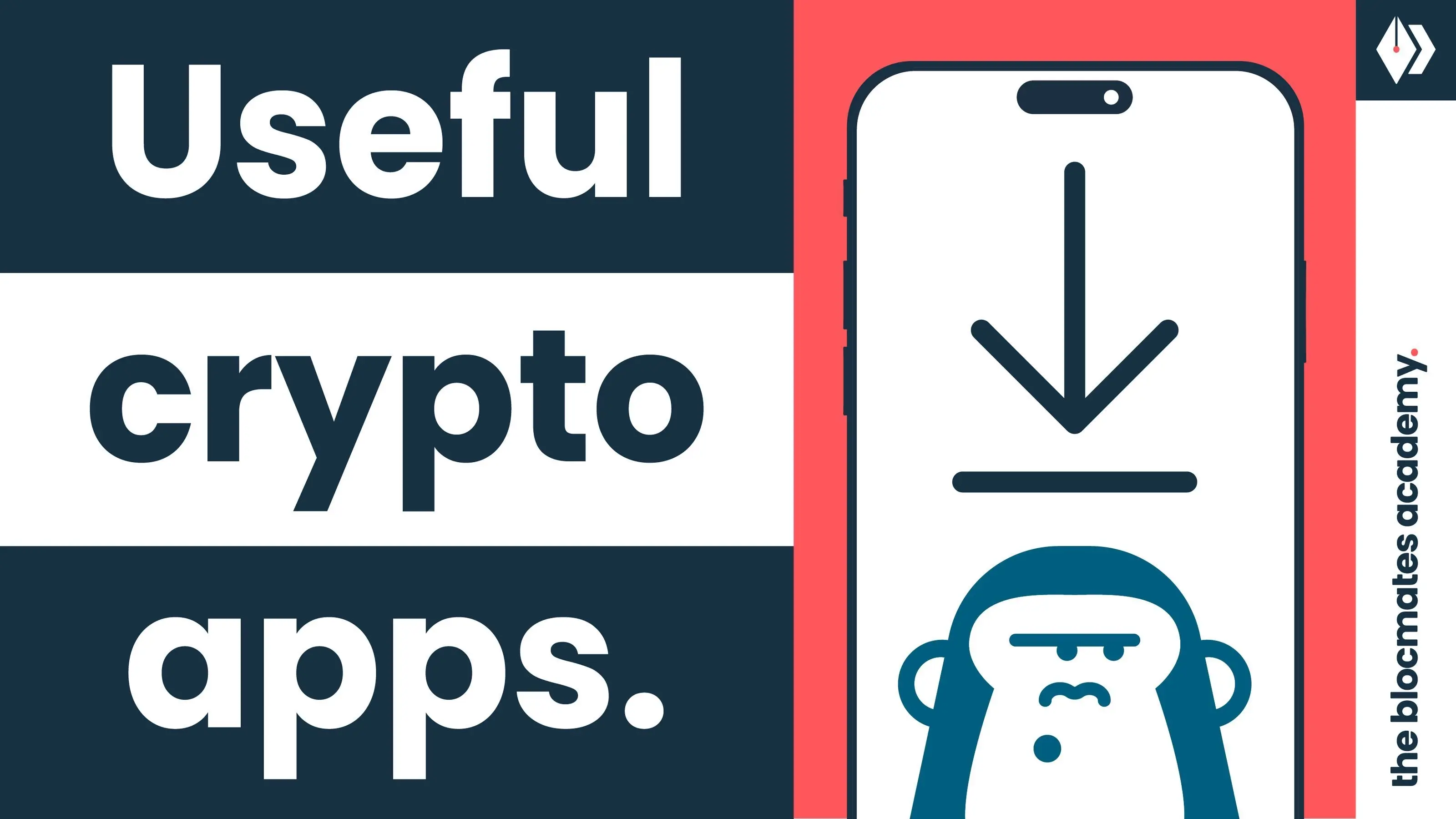
.webp)
.webp)
.webp)


.webp)
.webp)










.webp)


.webp)






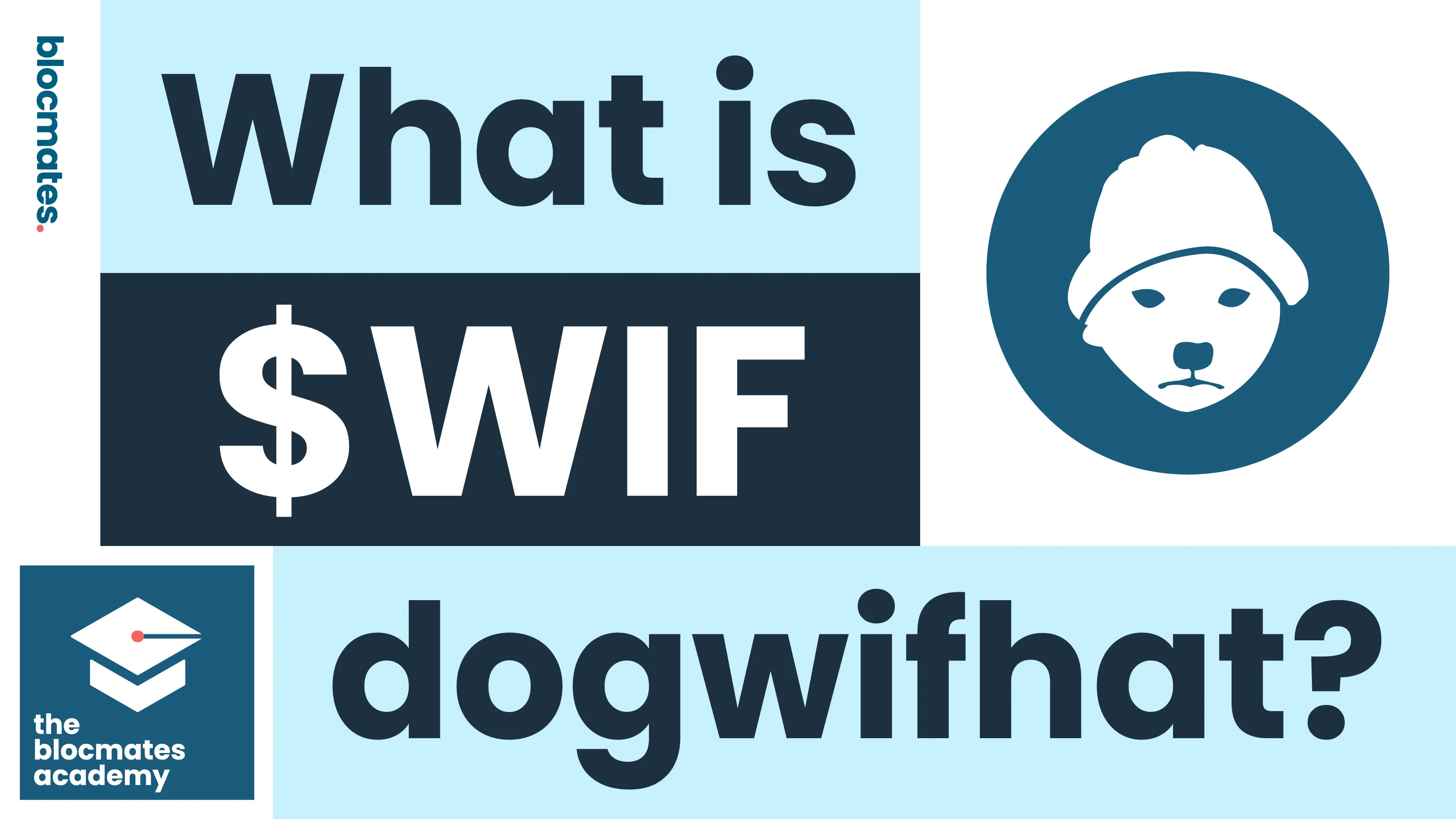


.webp)







.webp)
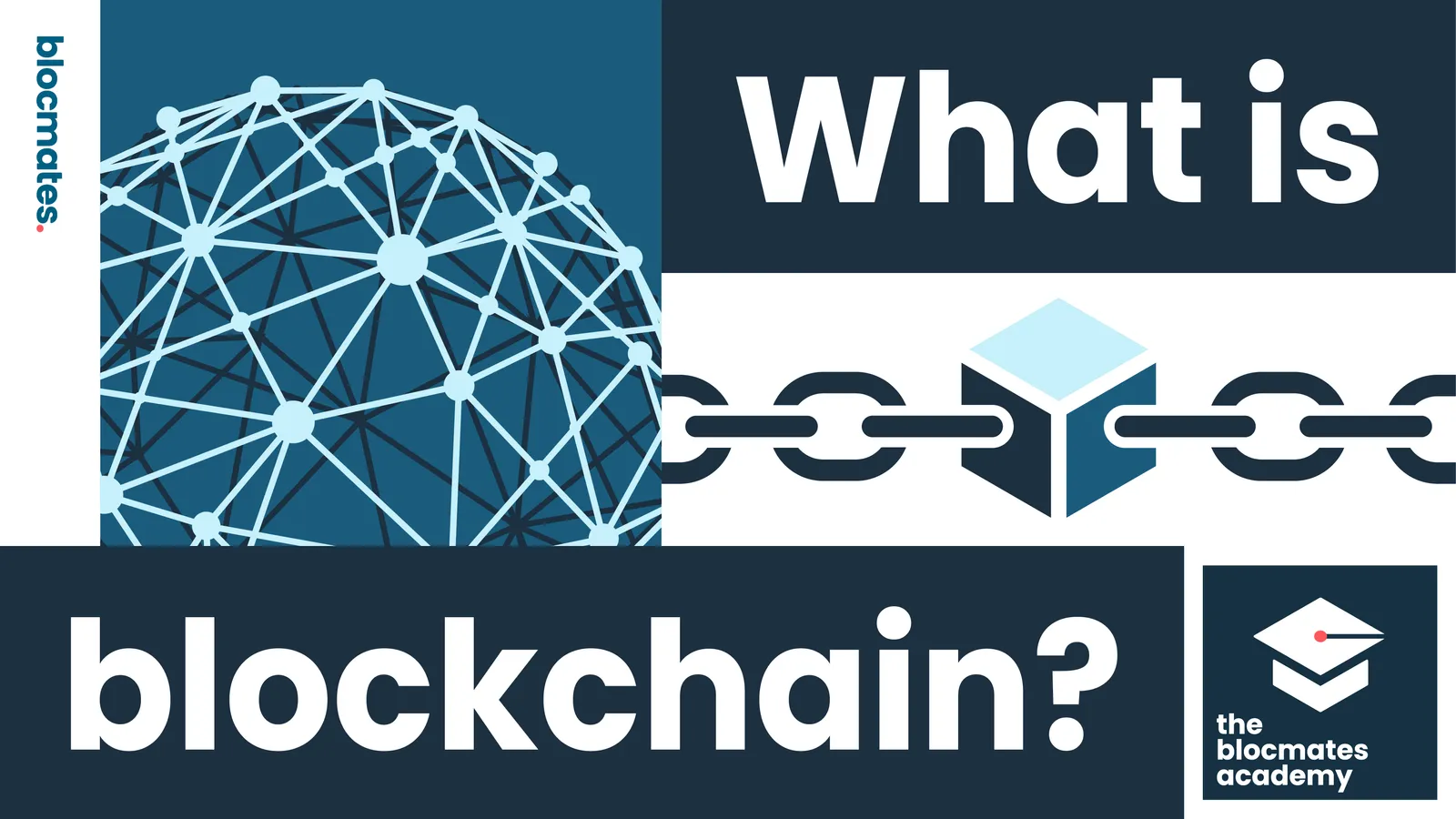



.webp)









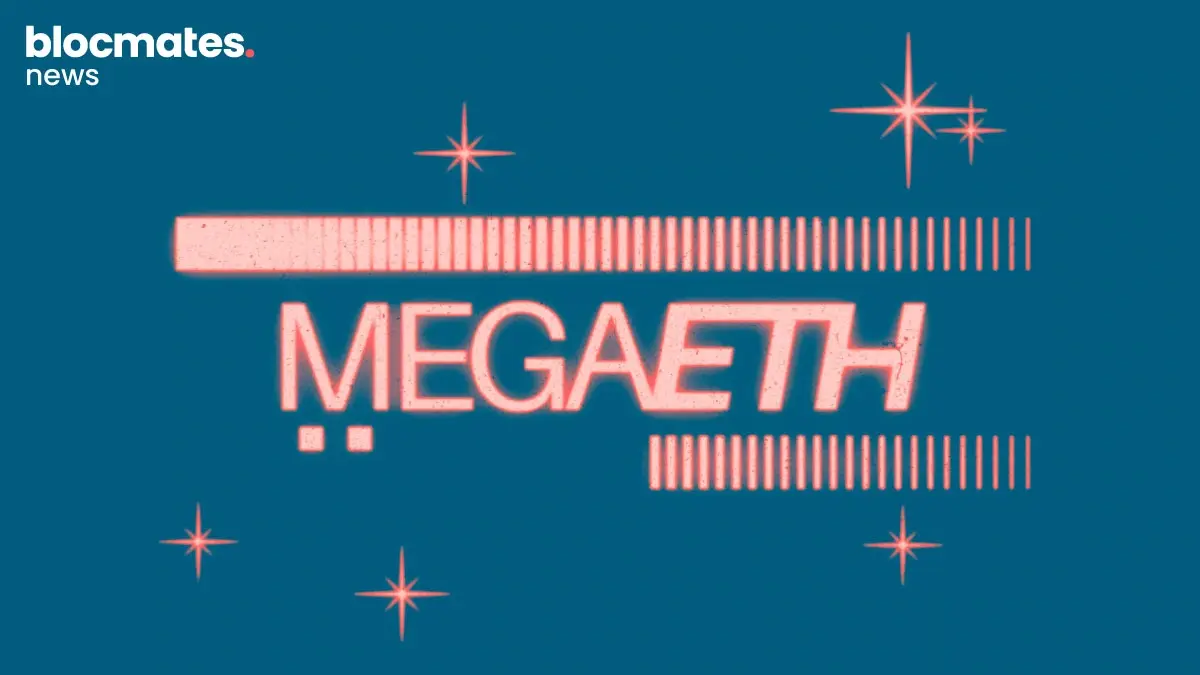




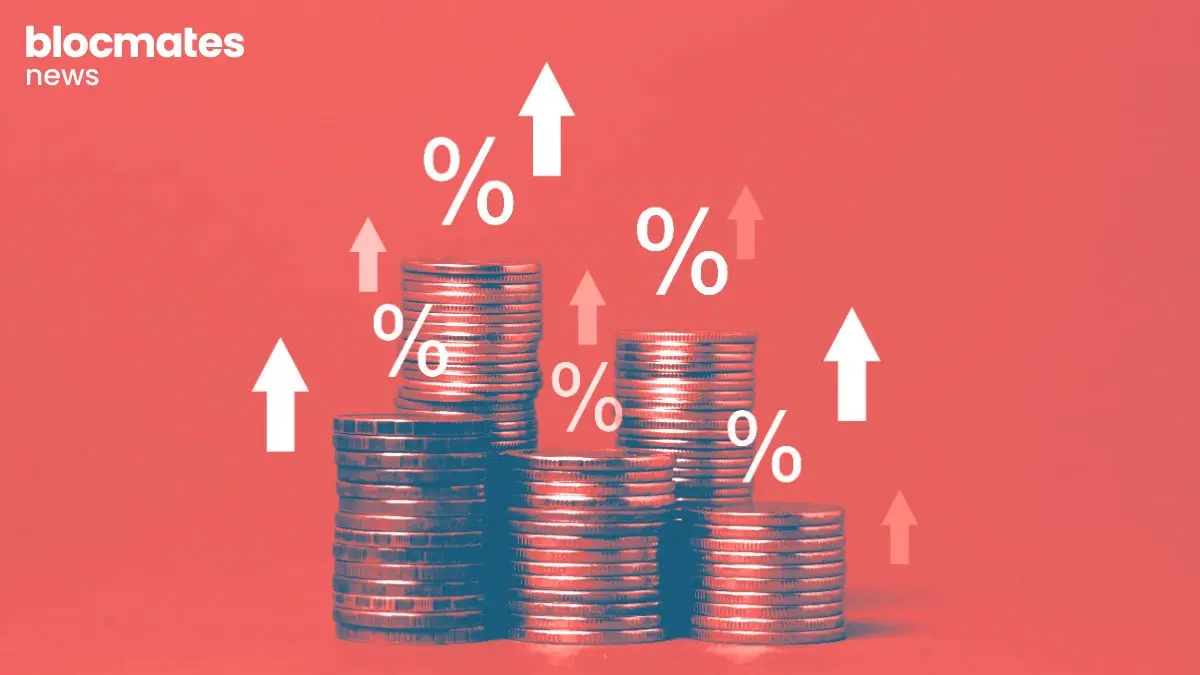



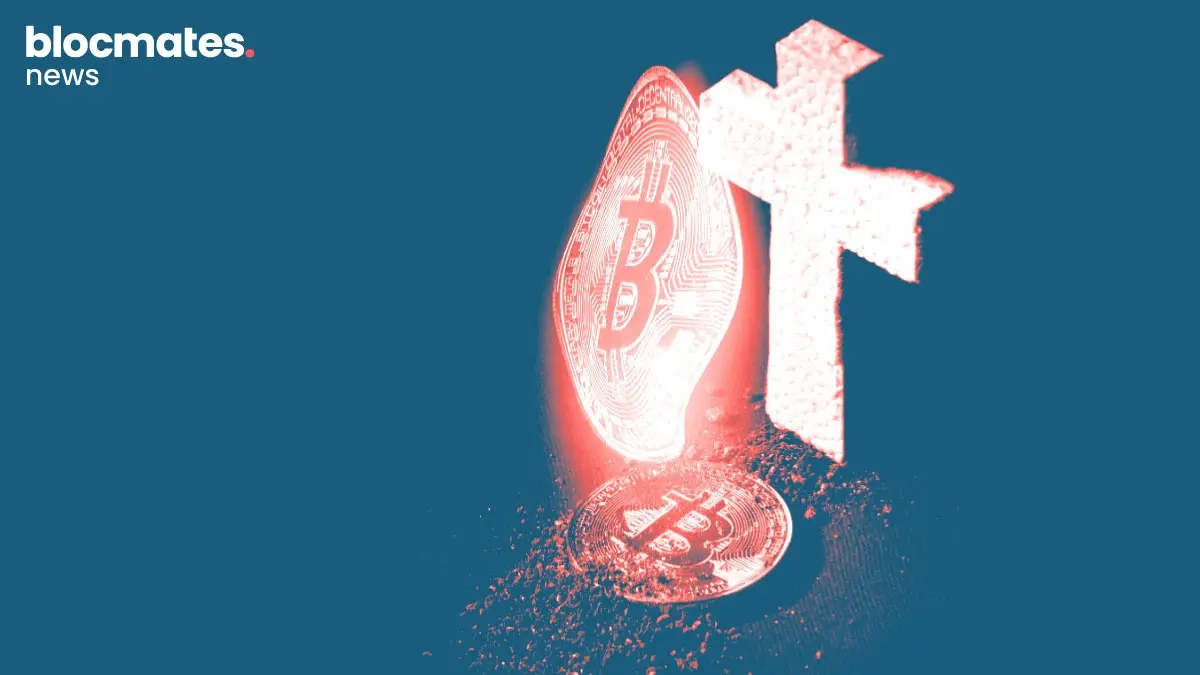

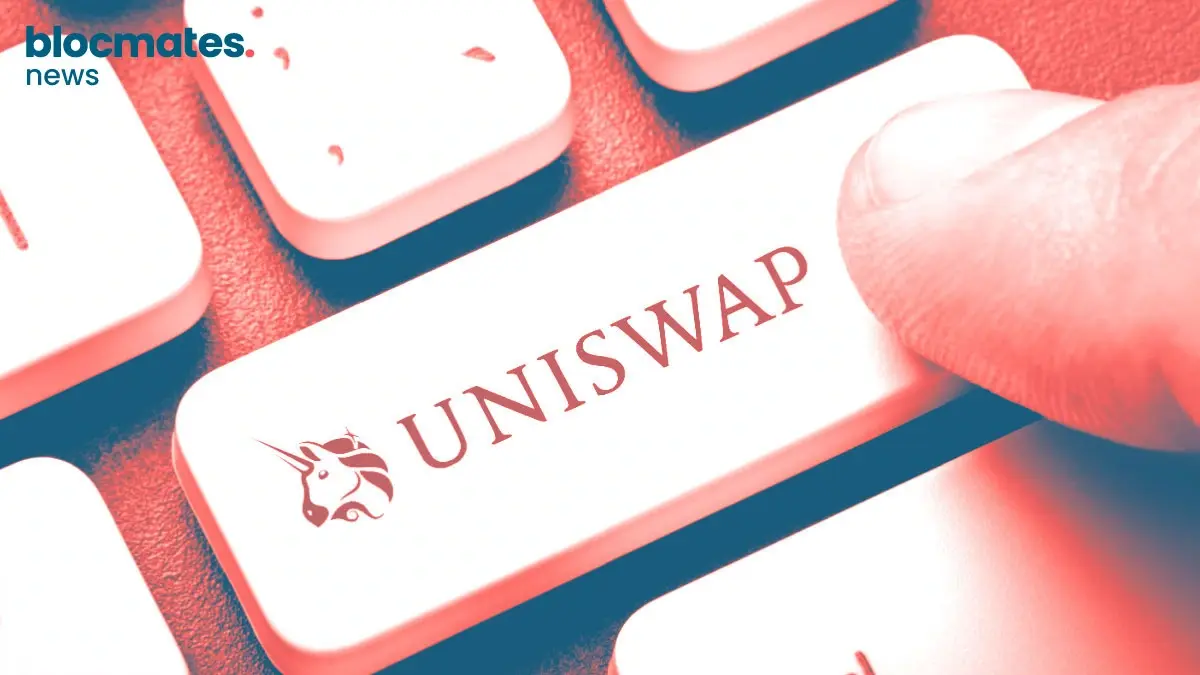

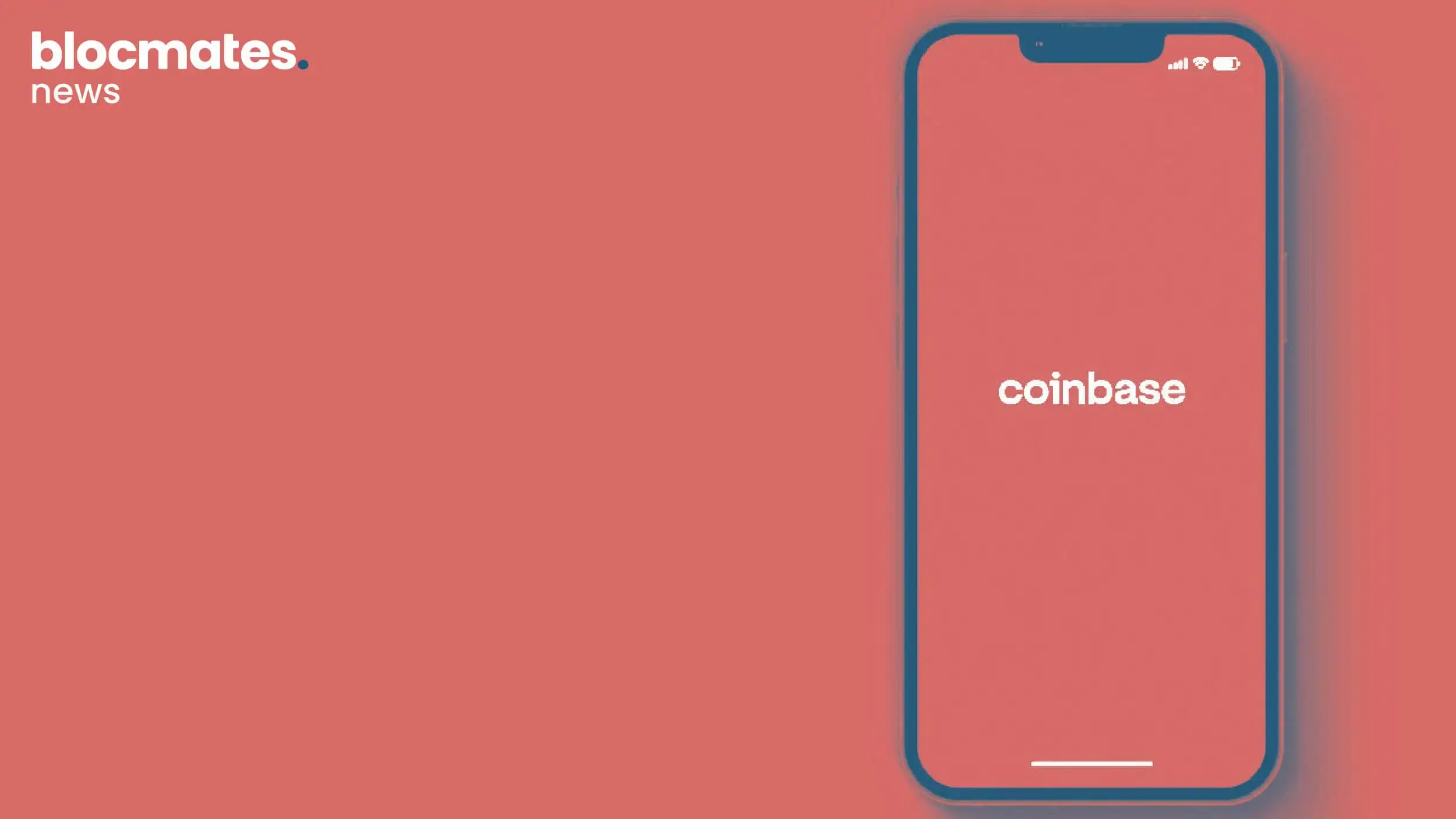



.webp)
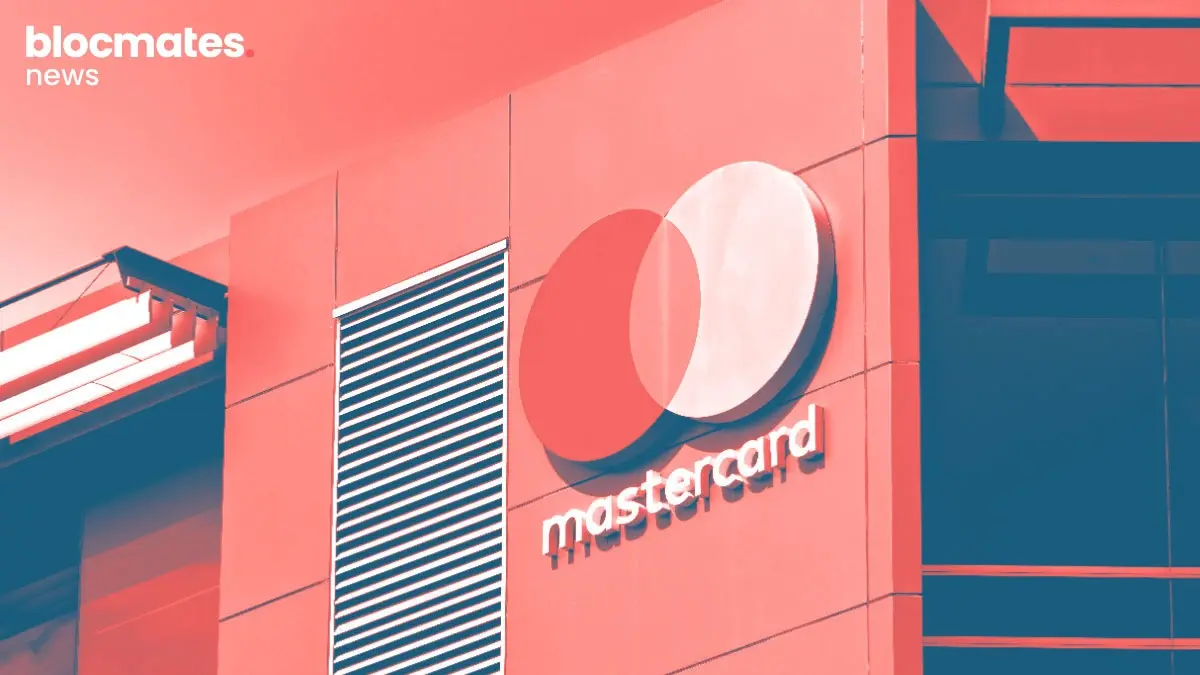




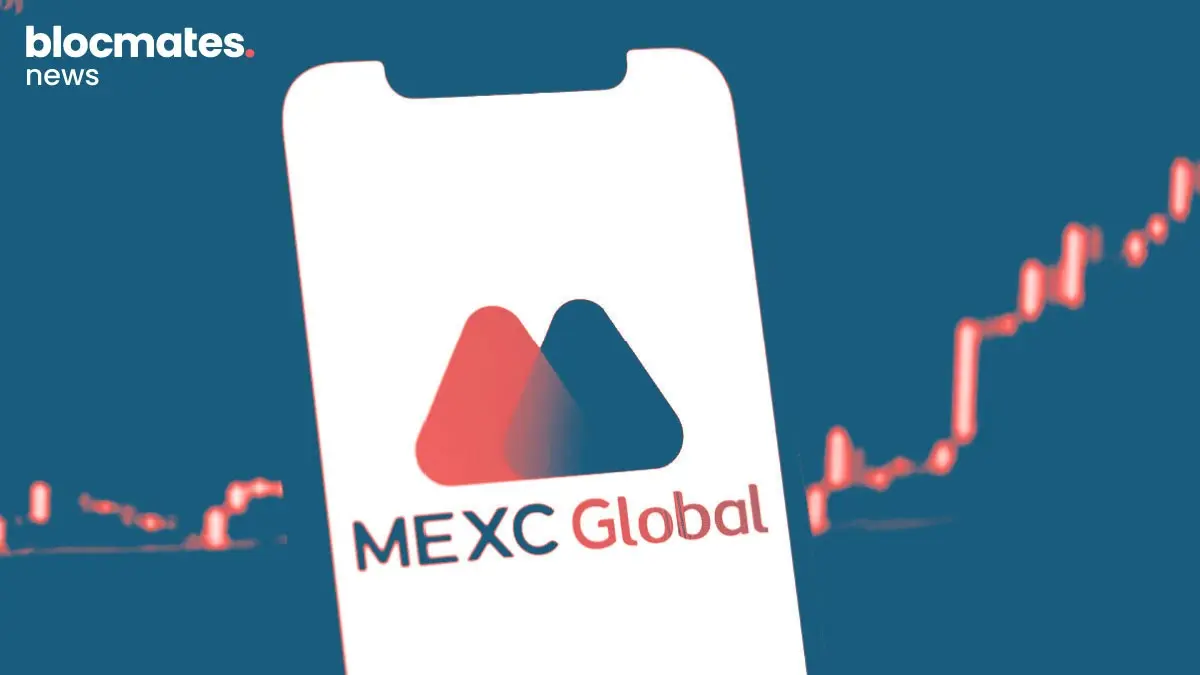

.webp)



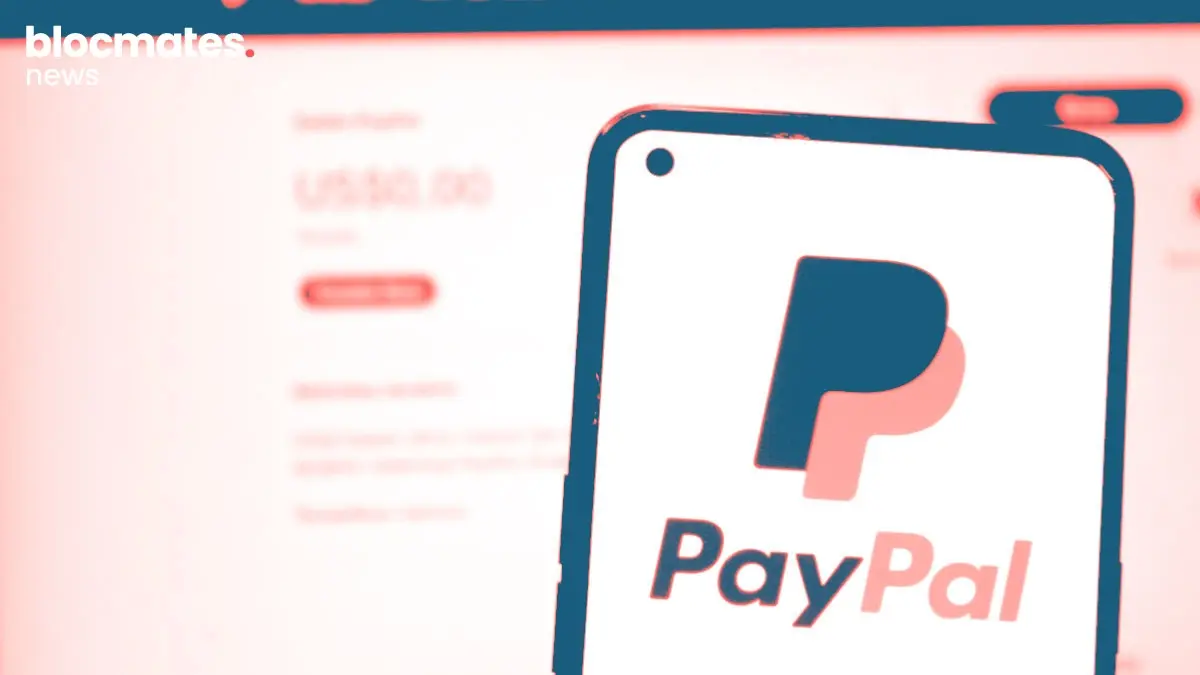

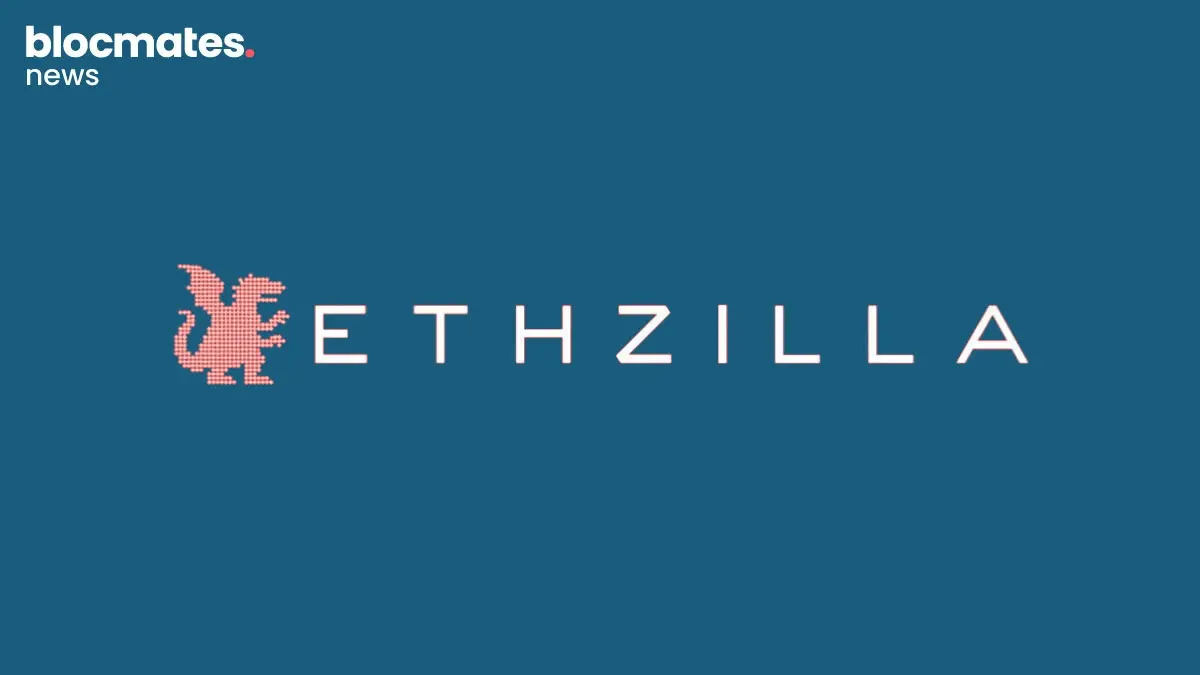
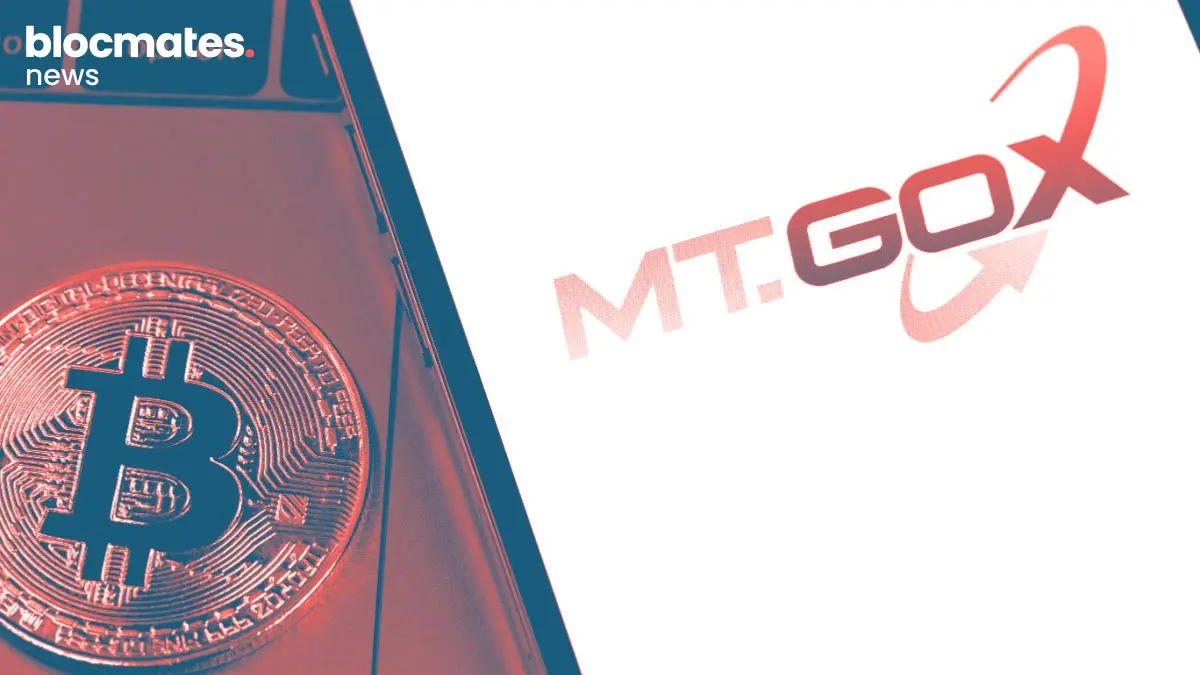
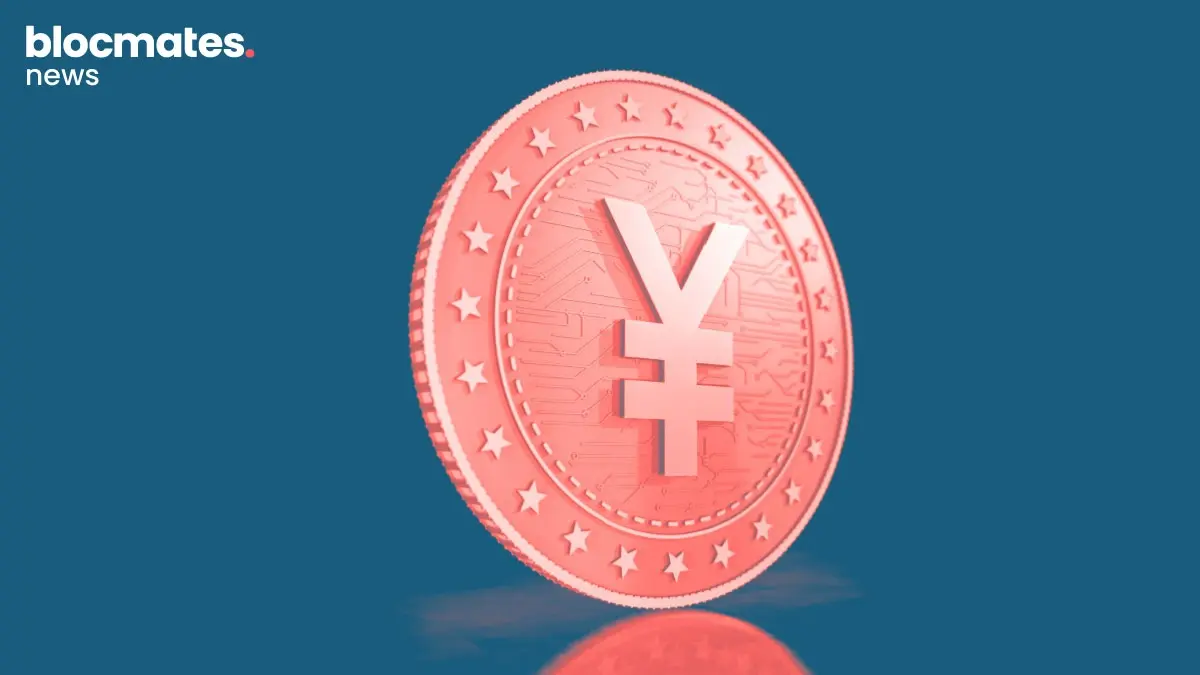
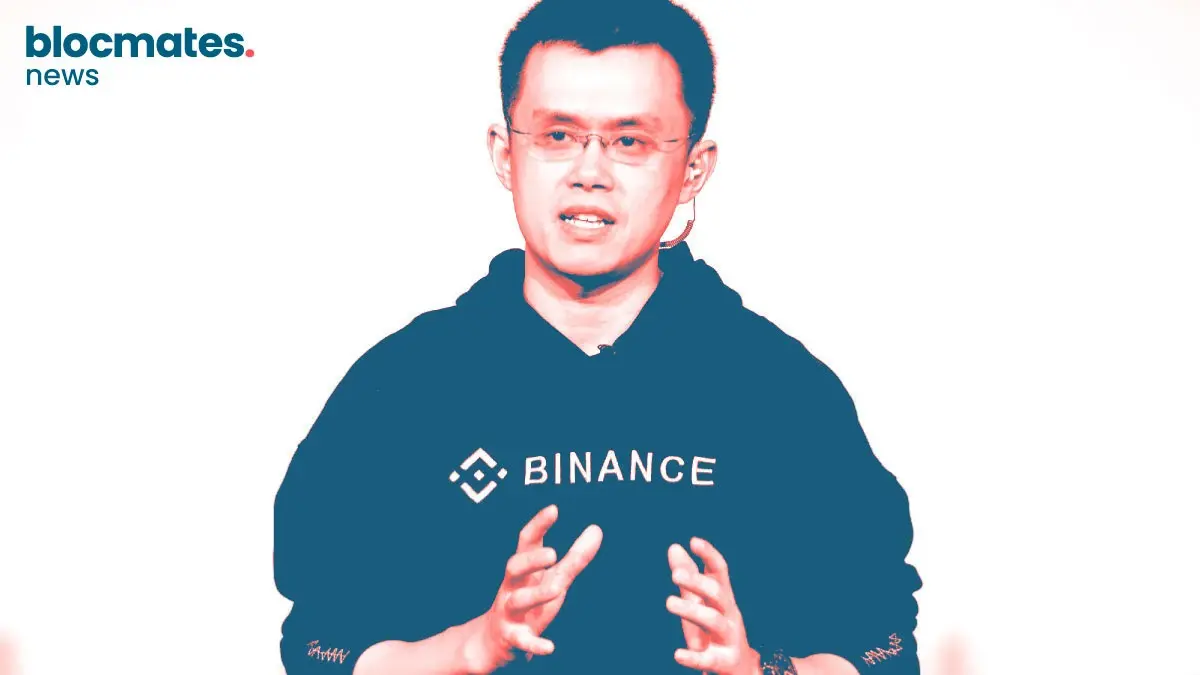


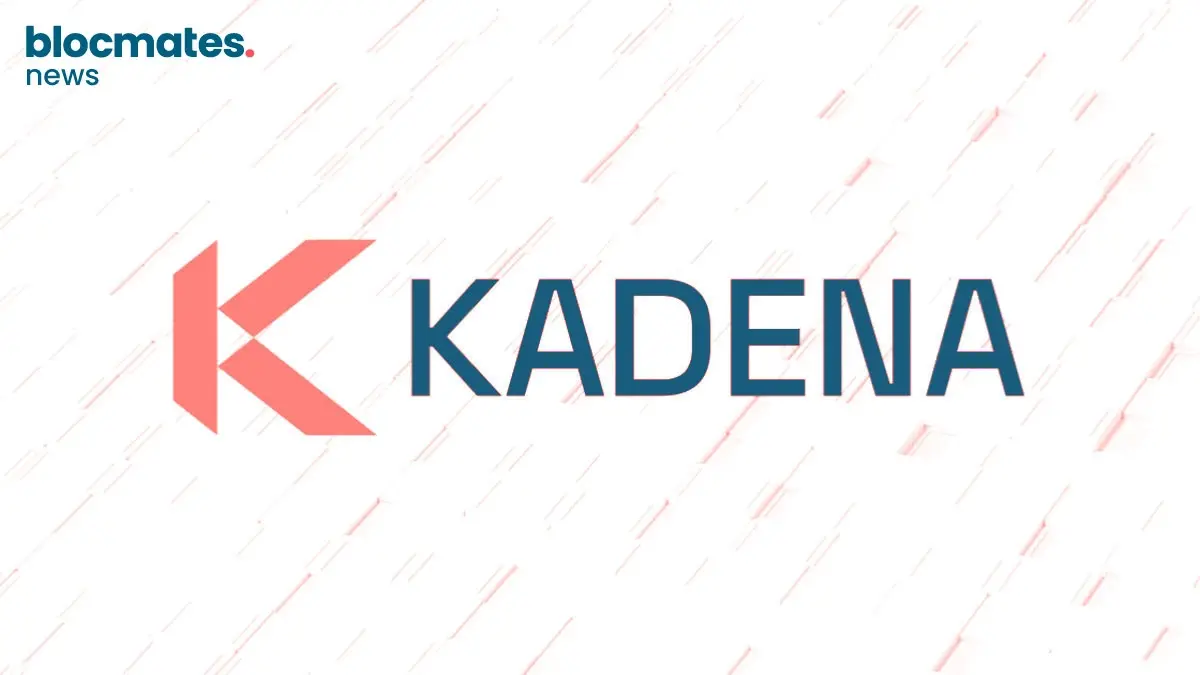

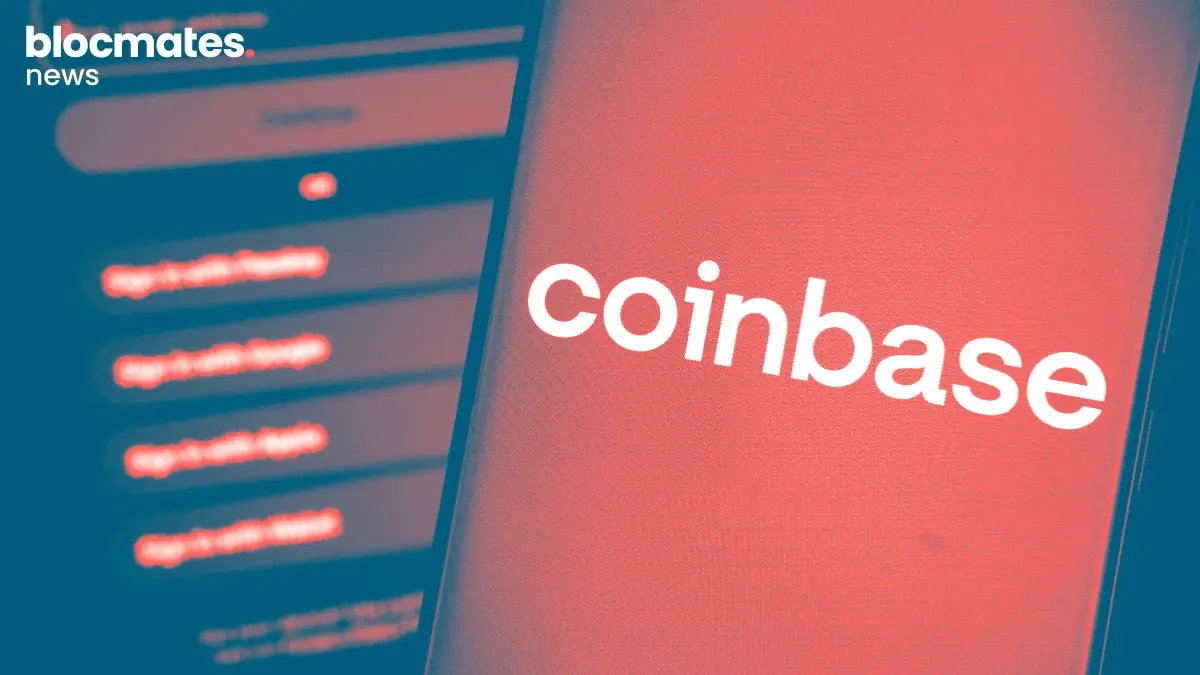
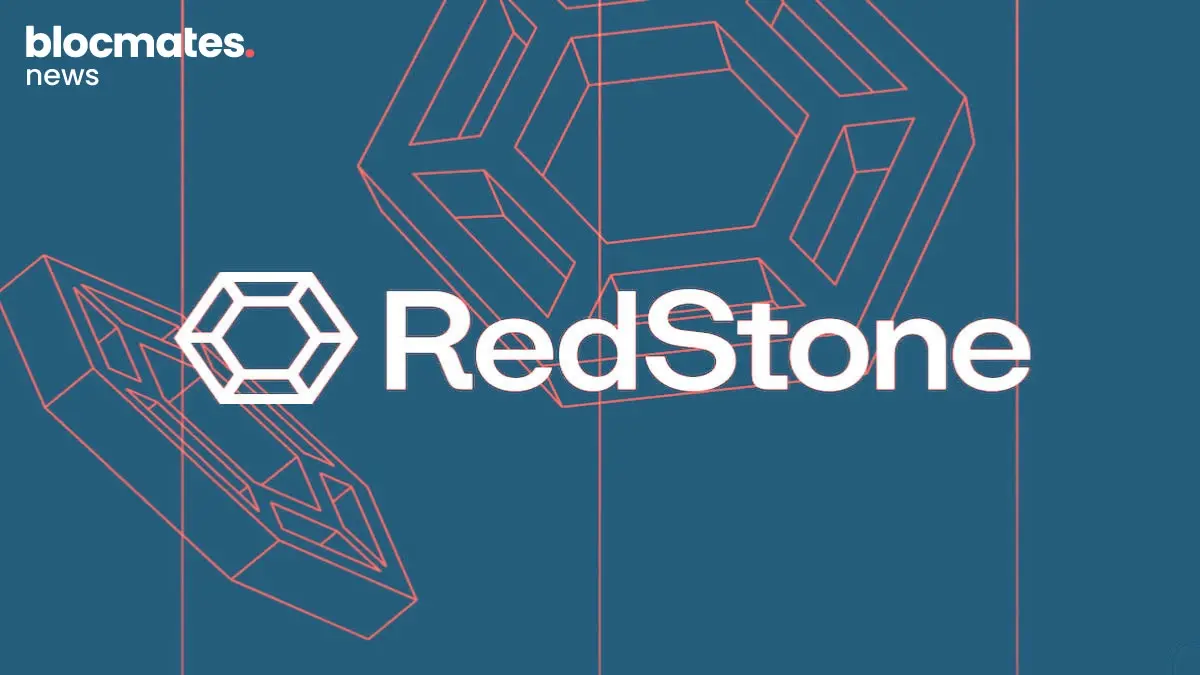
.webp)

.webp)
.webp)

.webp)


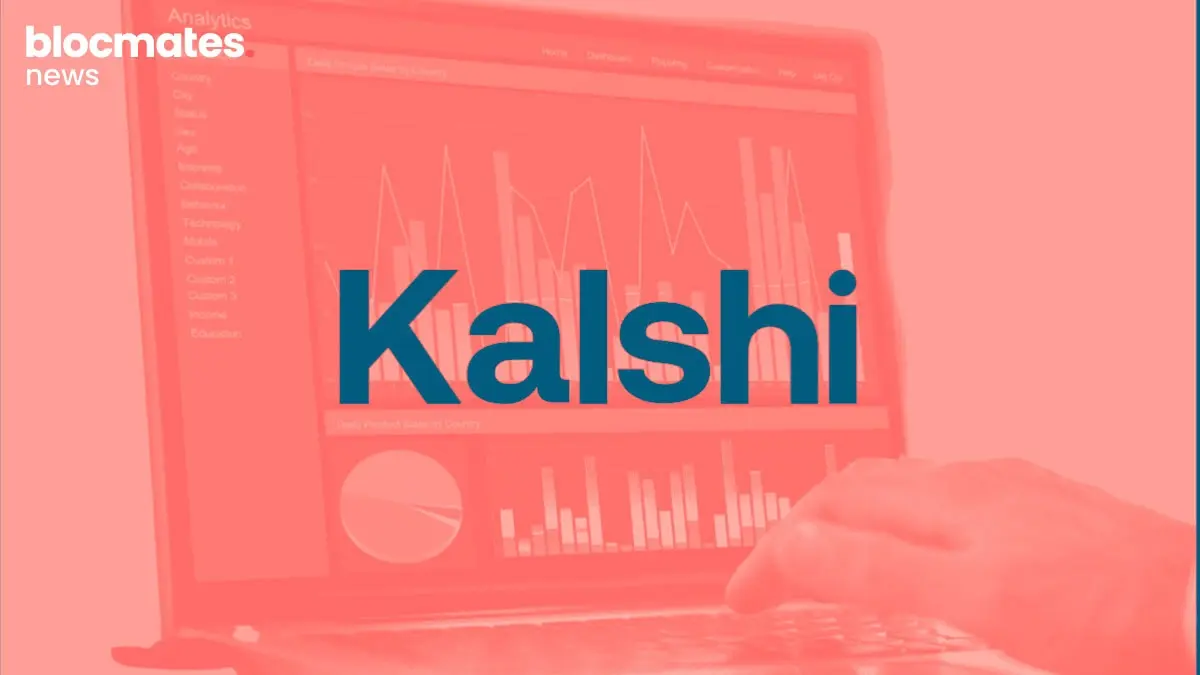



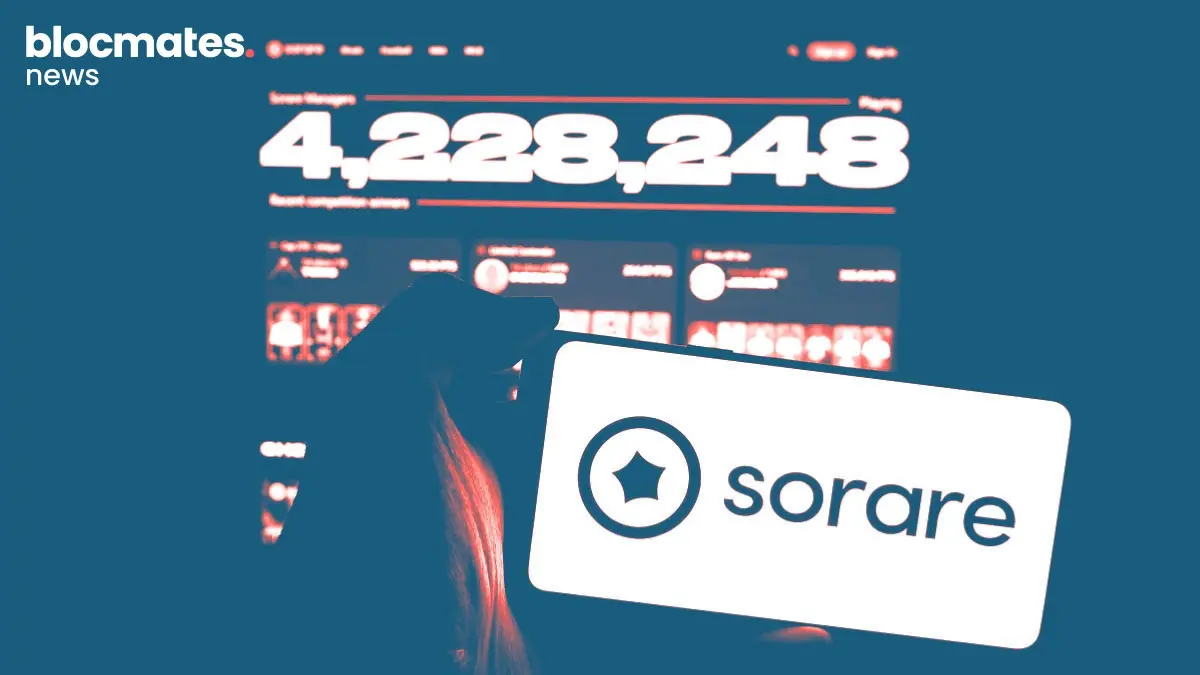


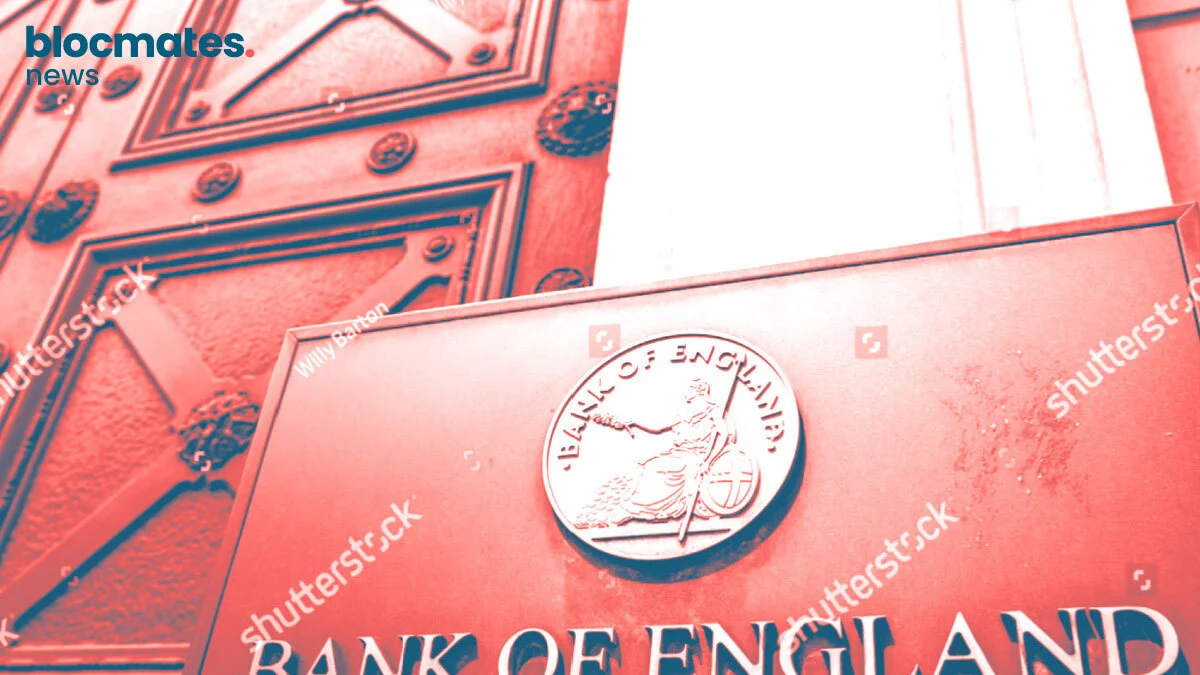

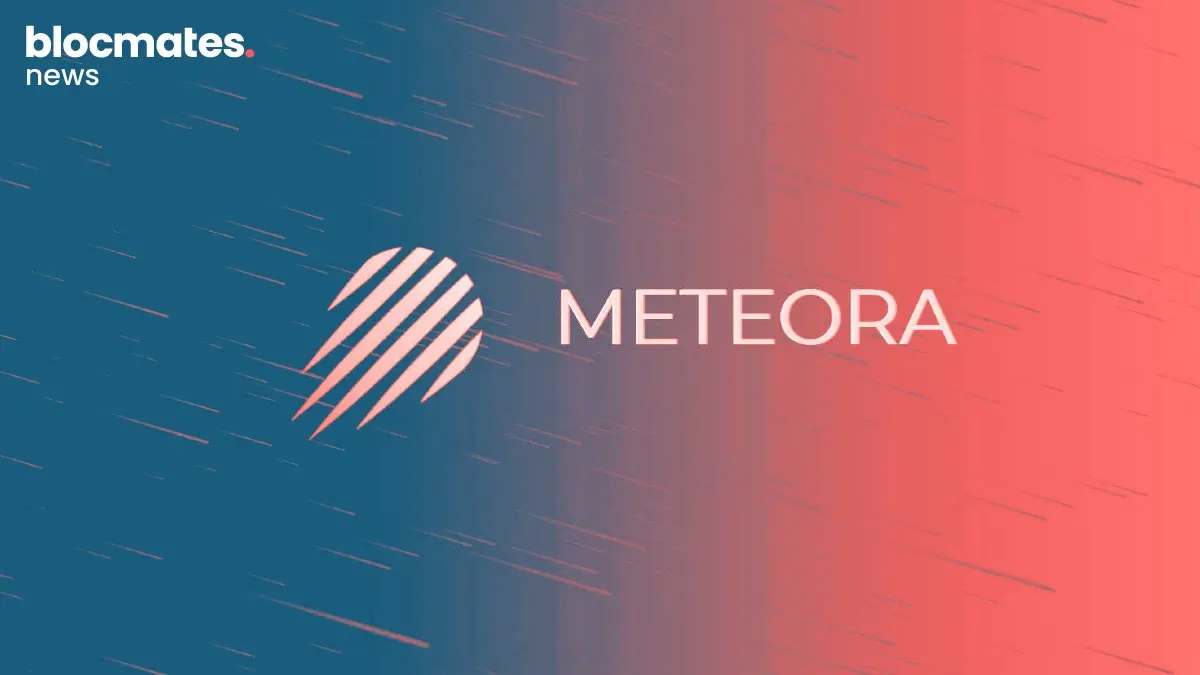


.webp)

.webp)

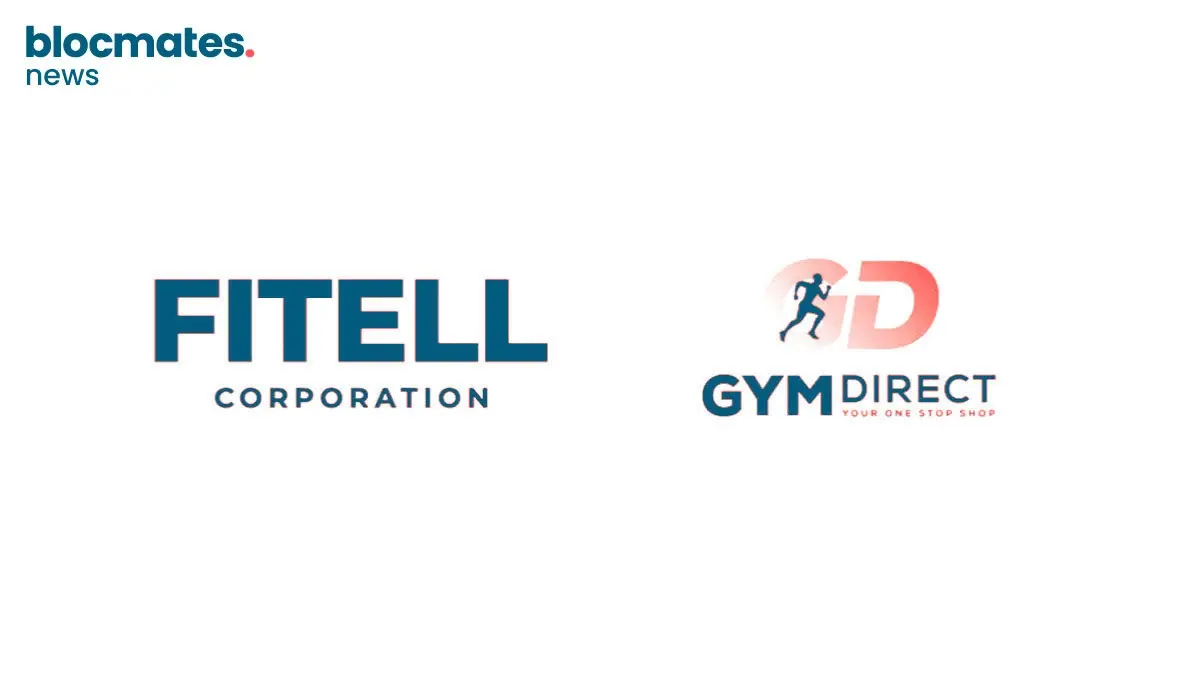
.webp)



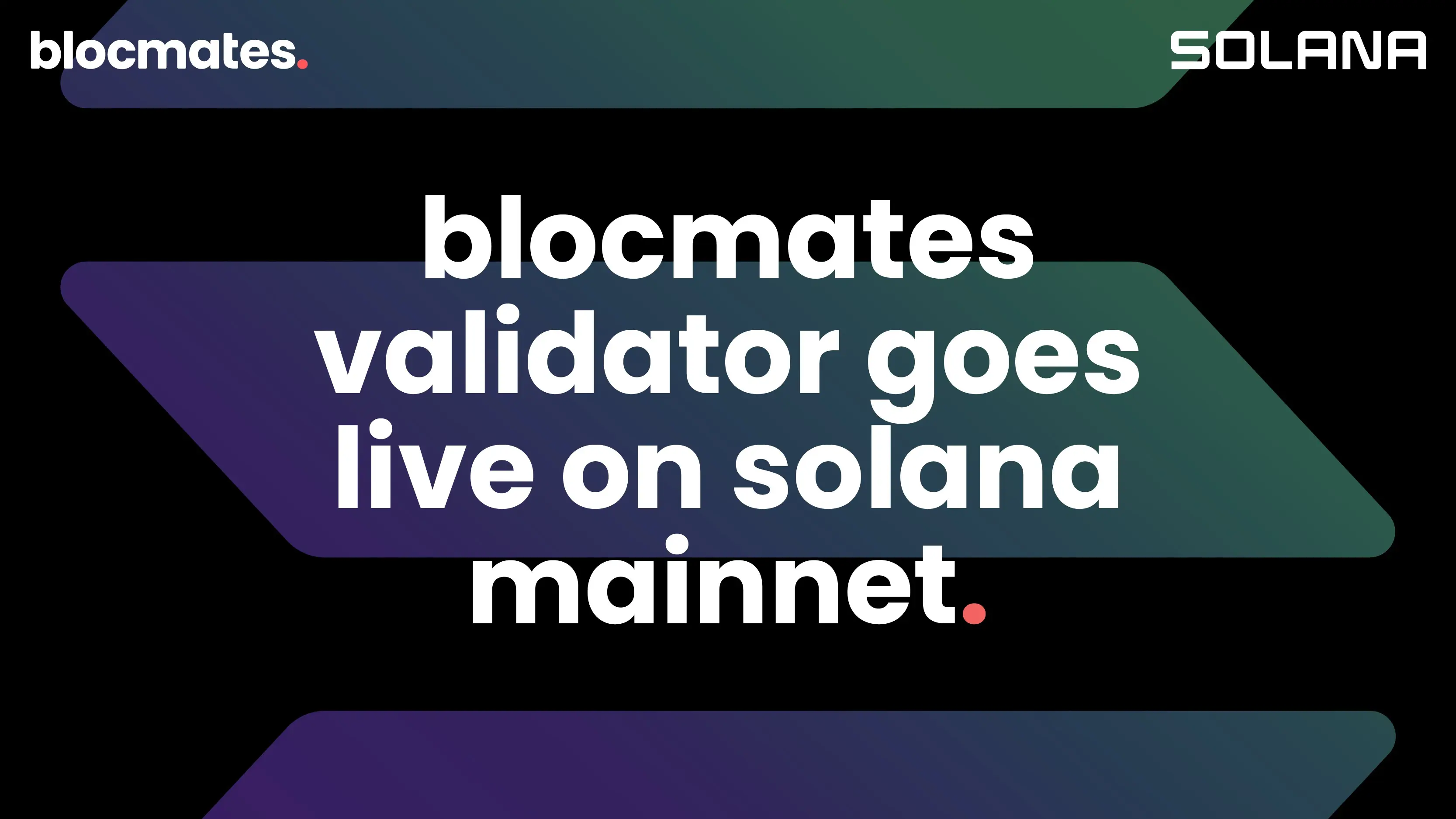

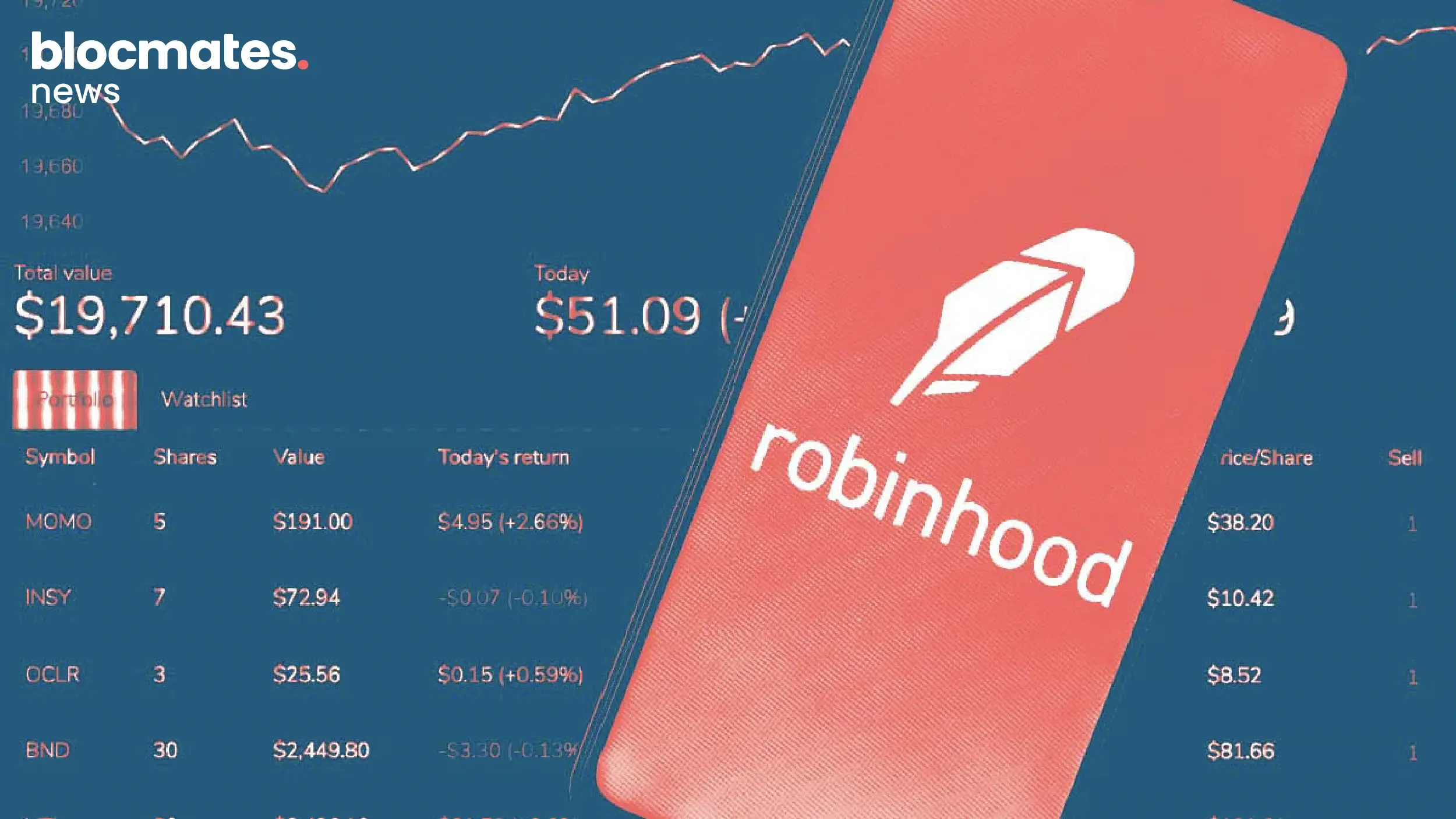


.webp)
